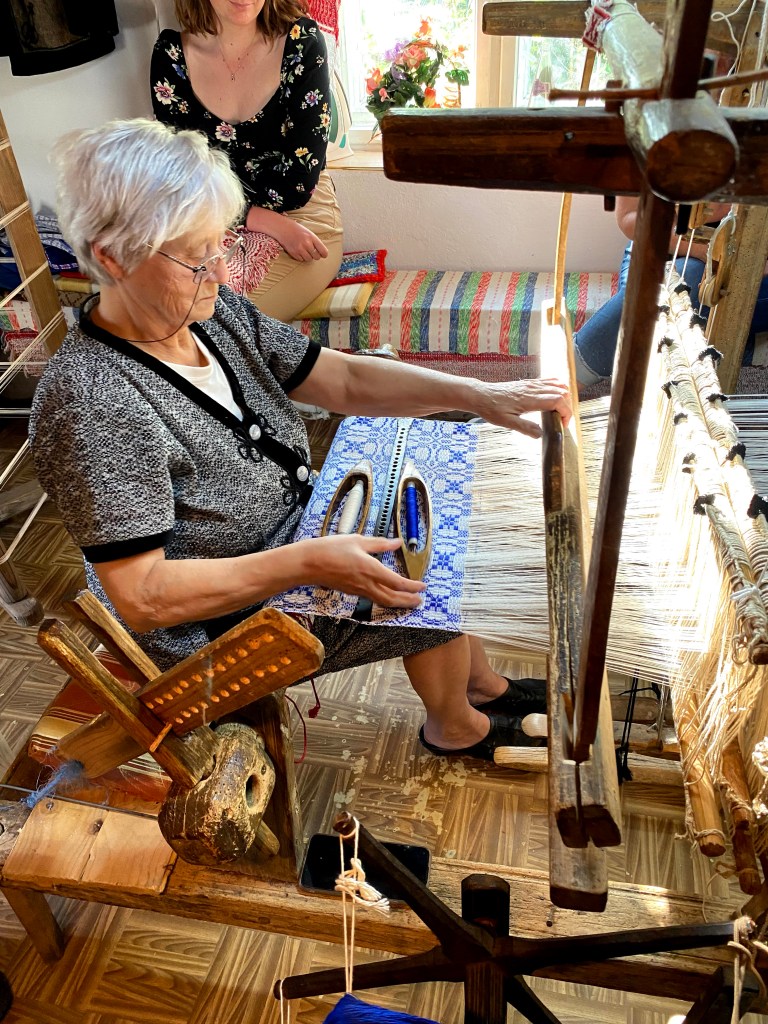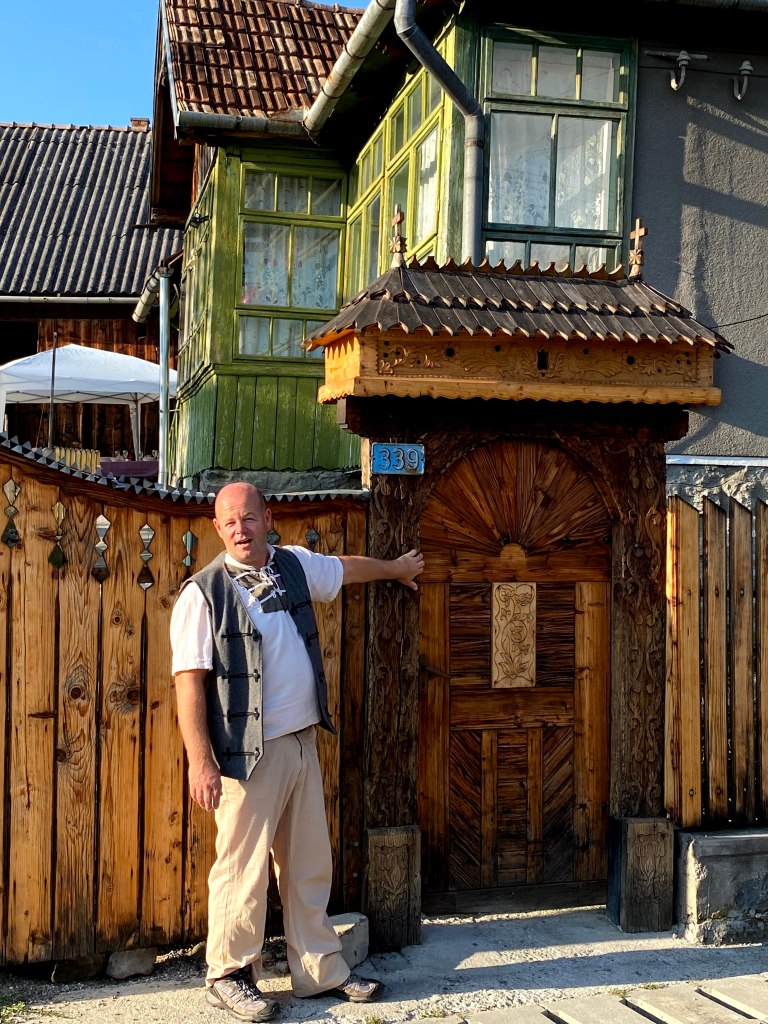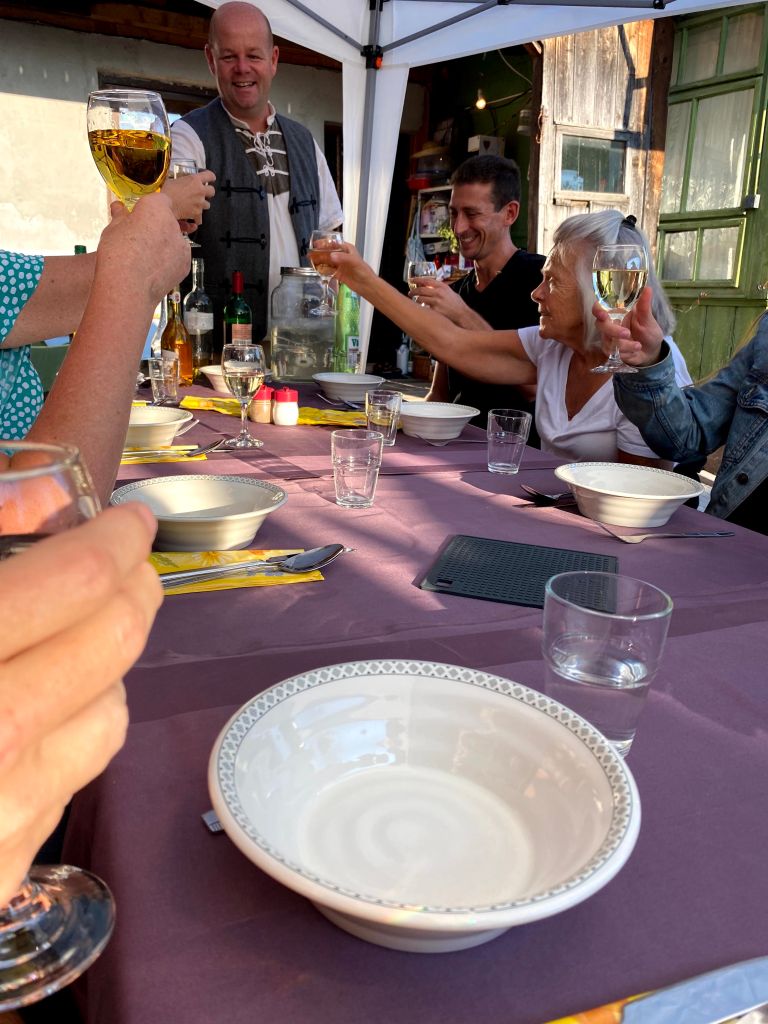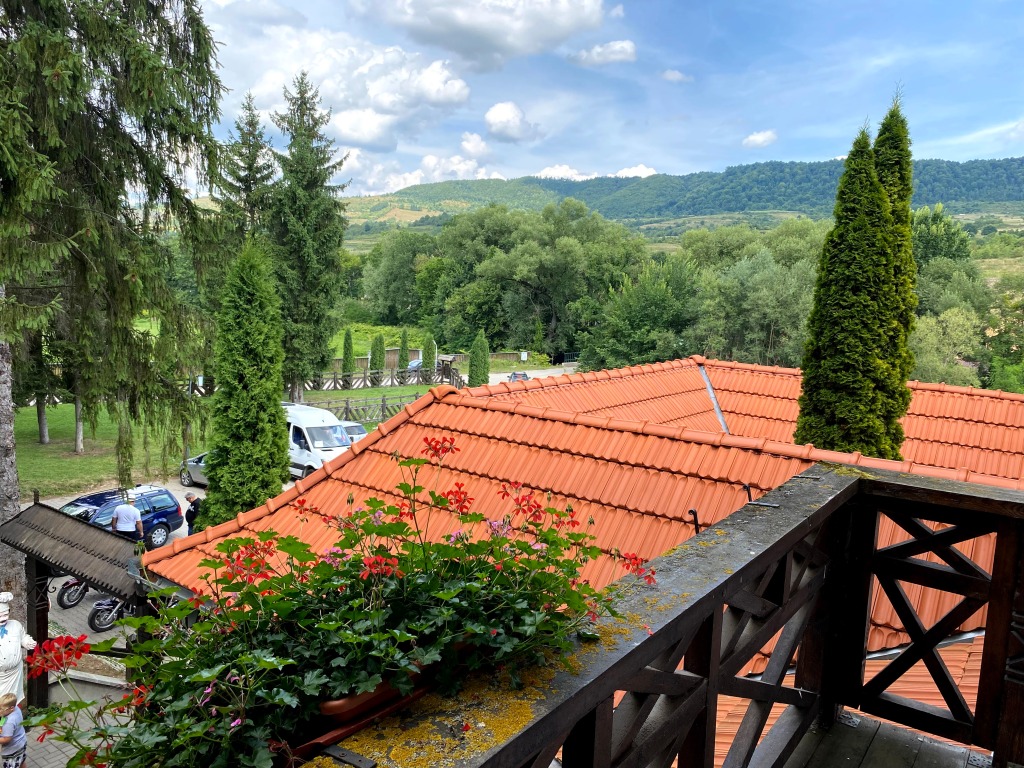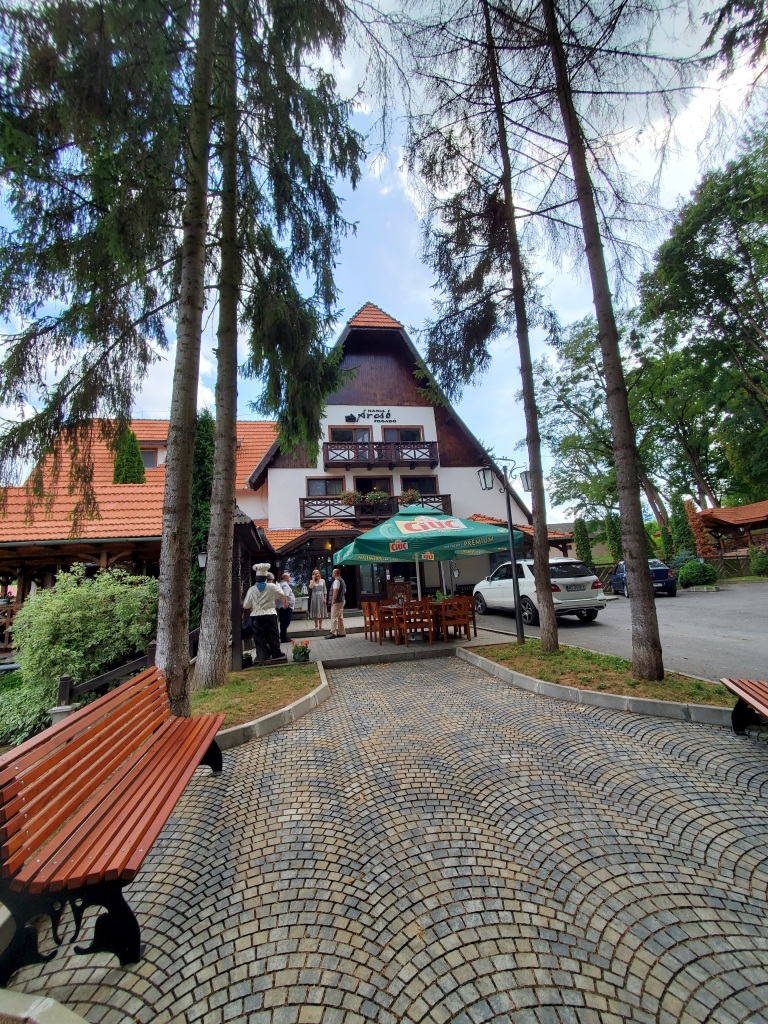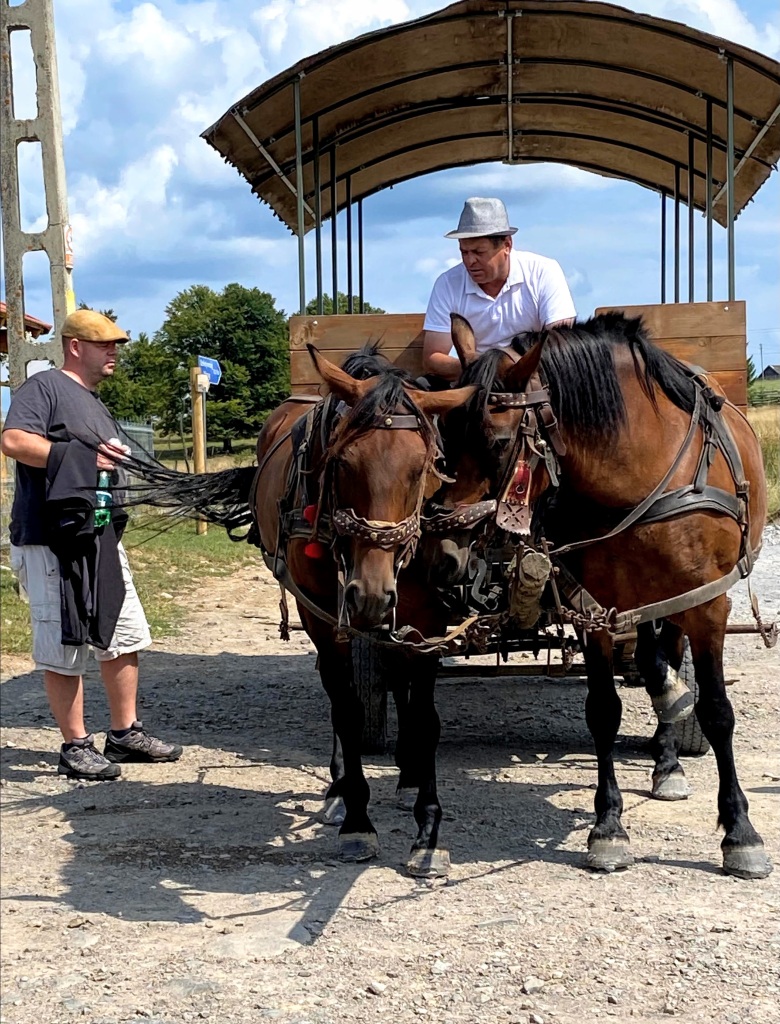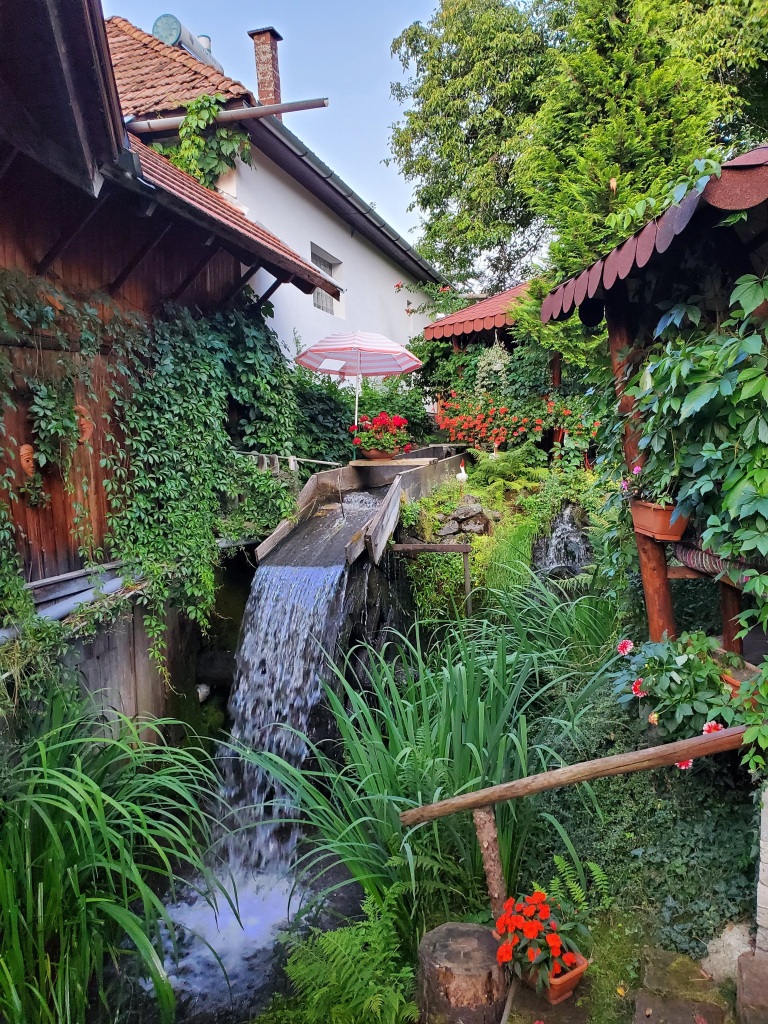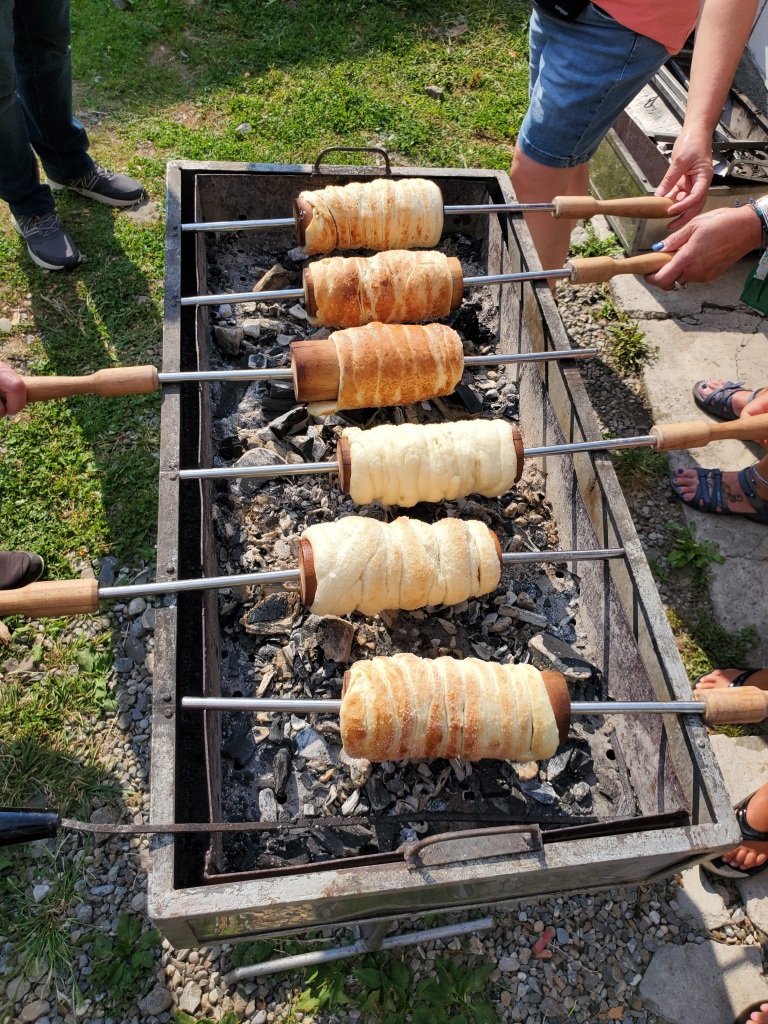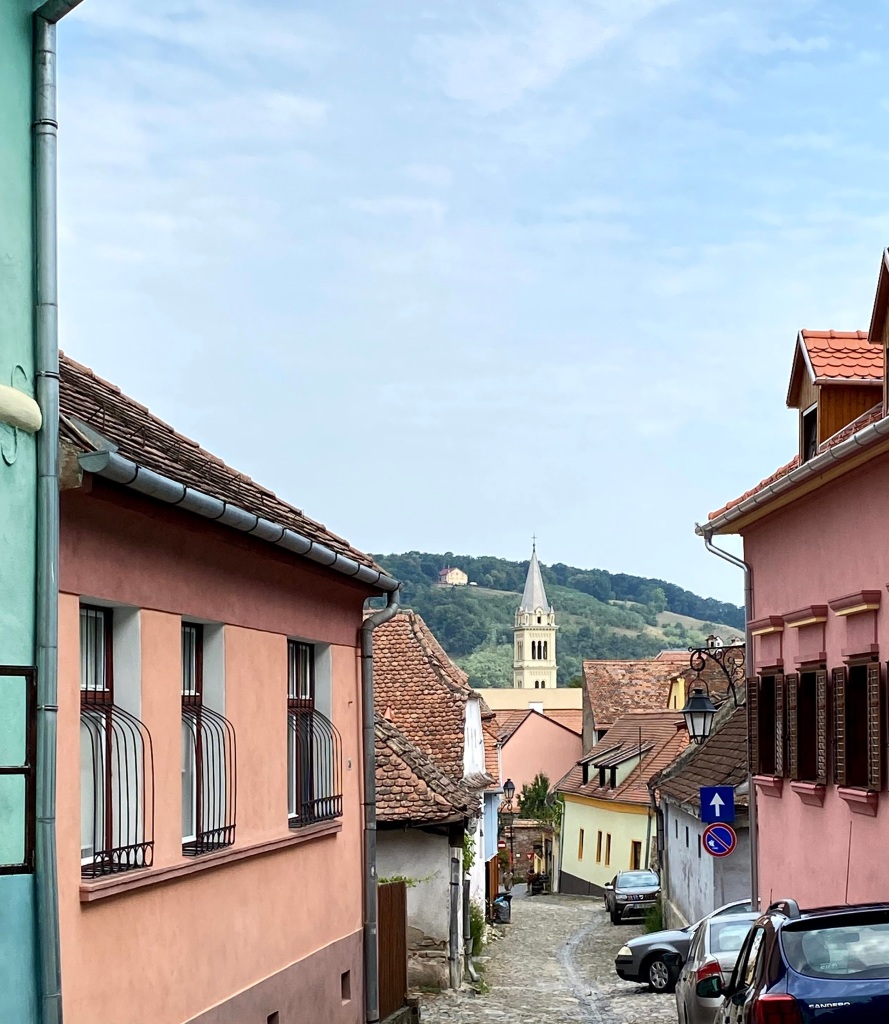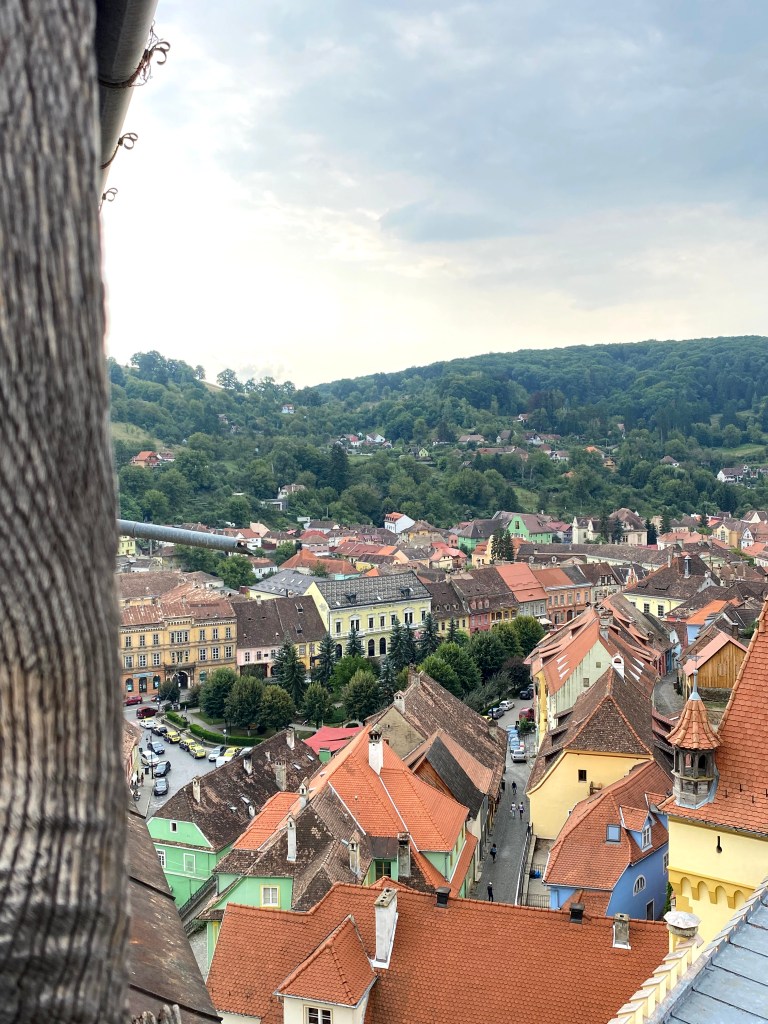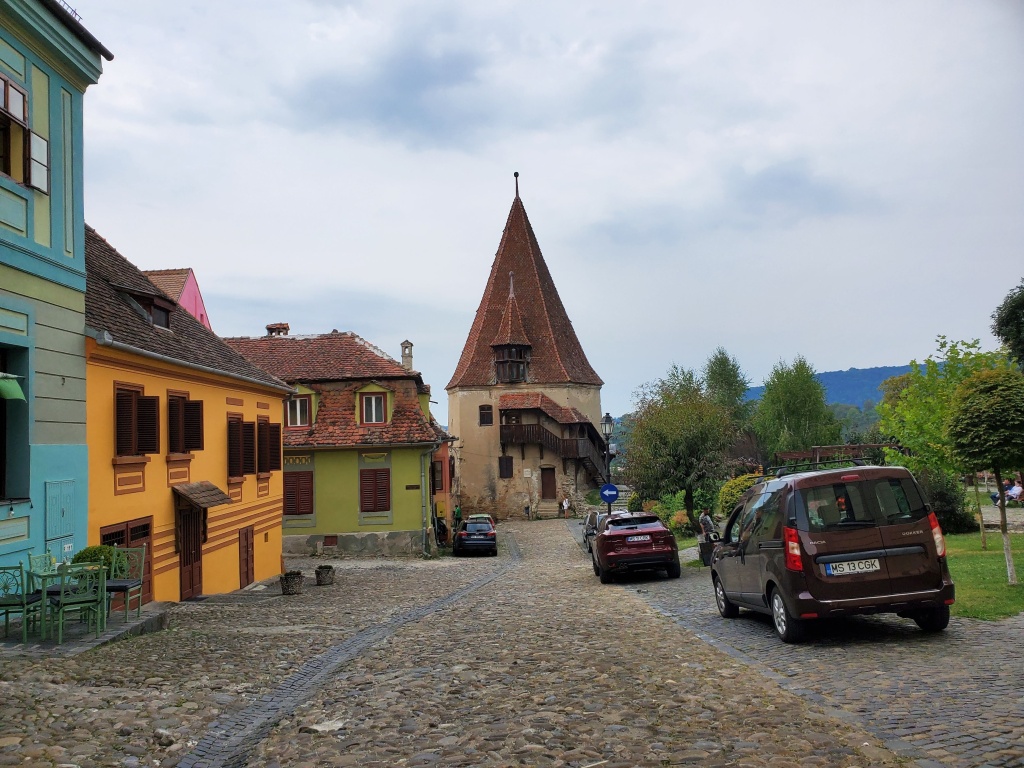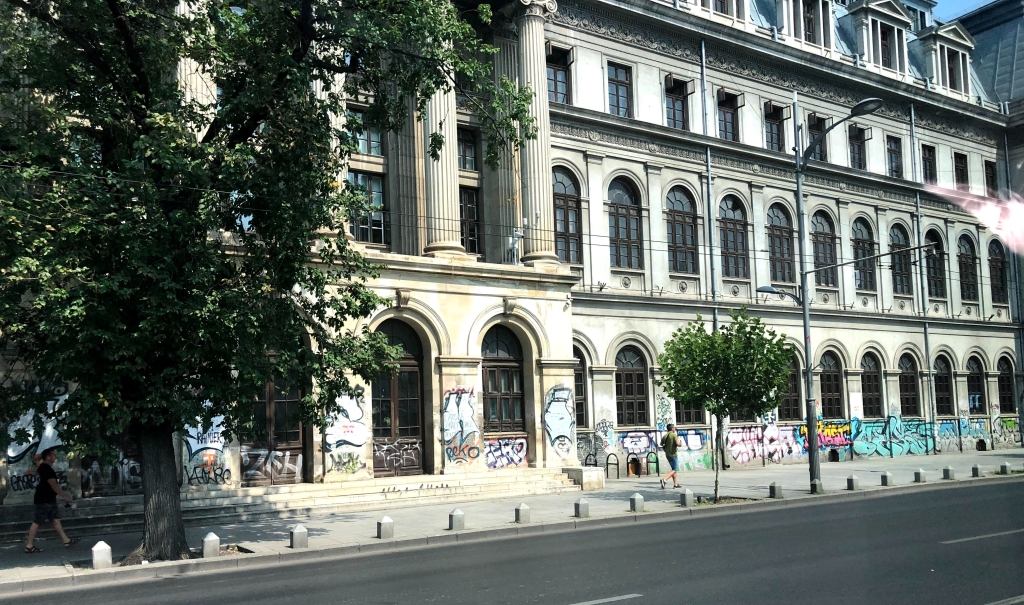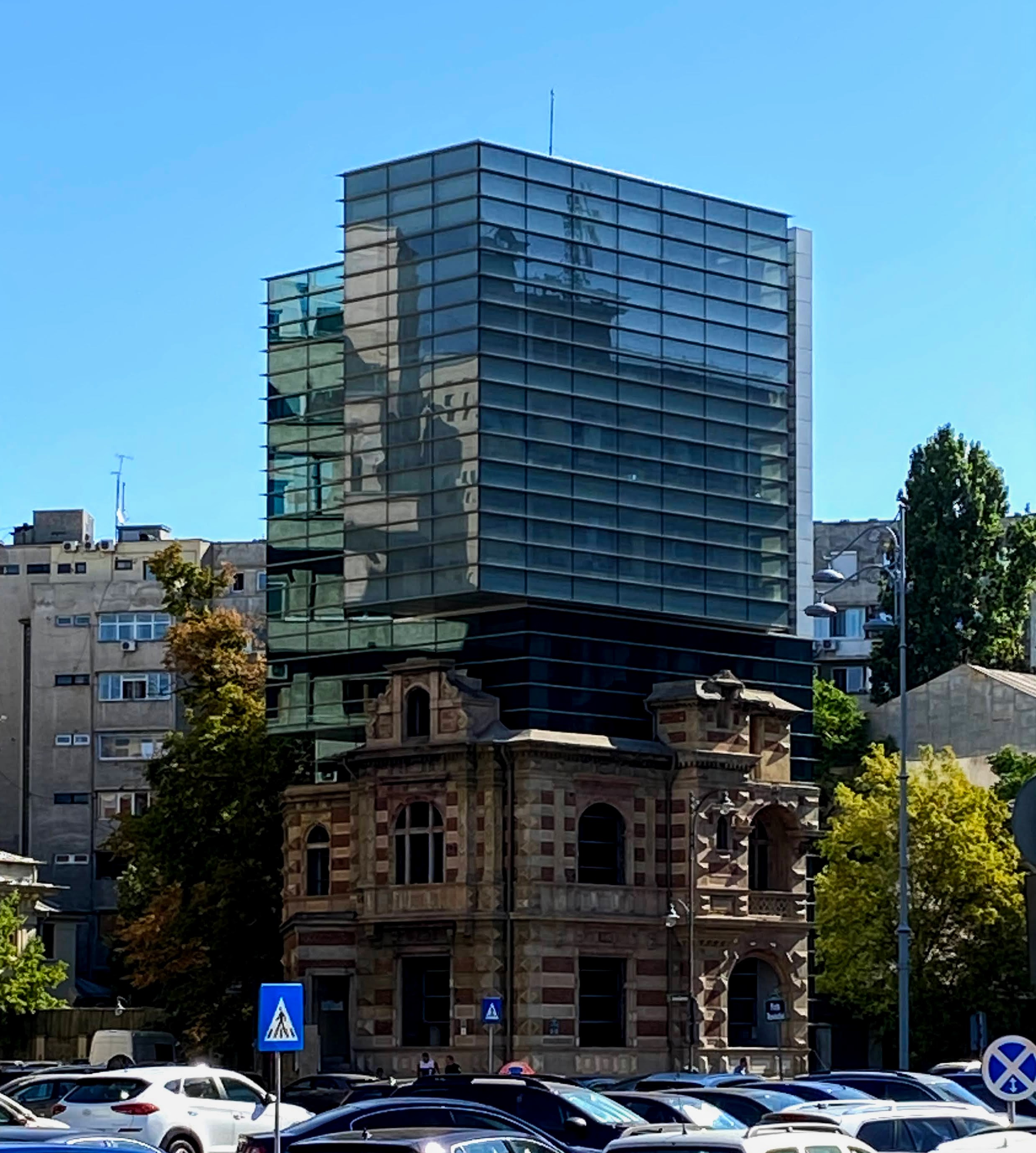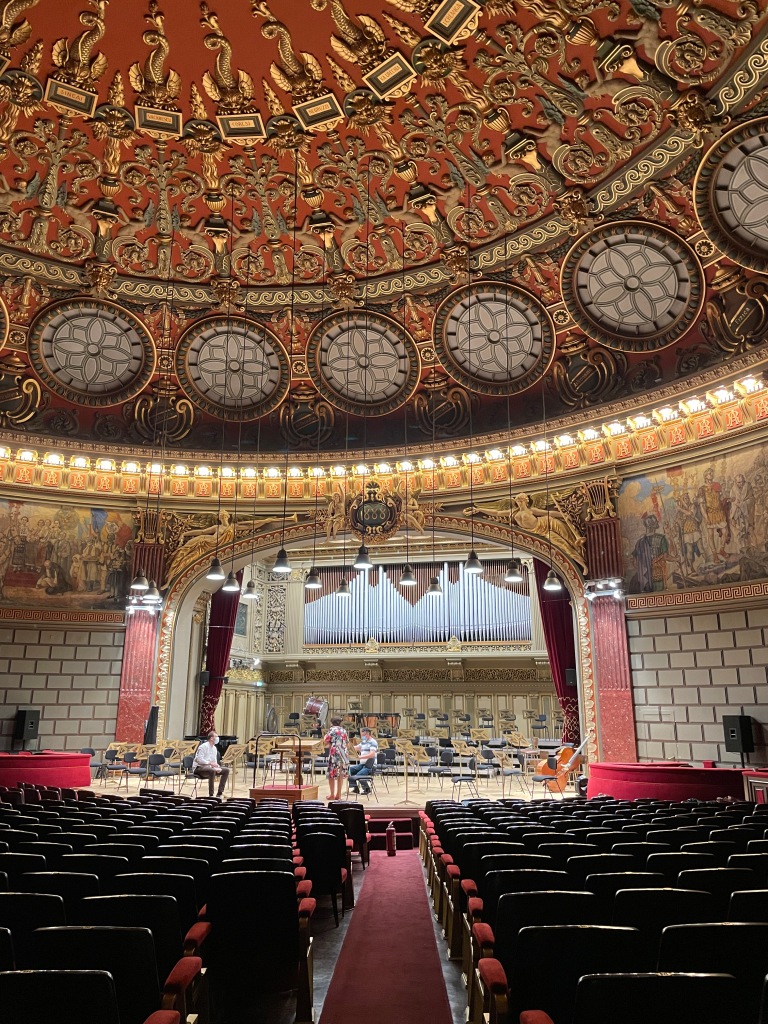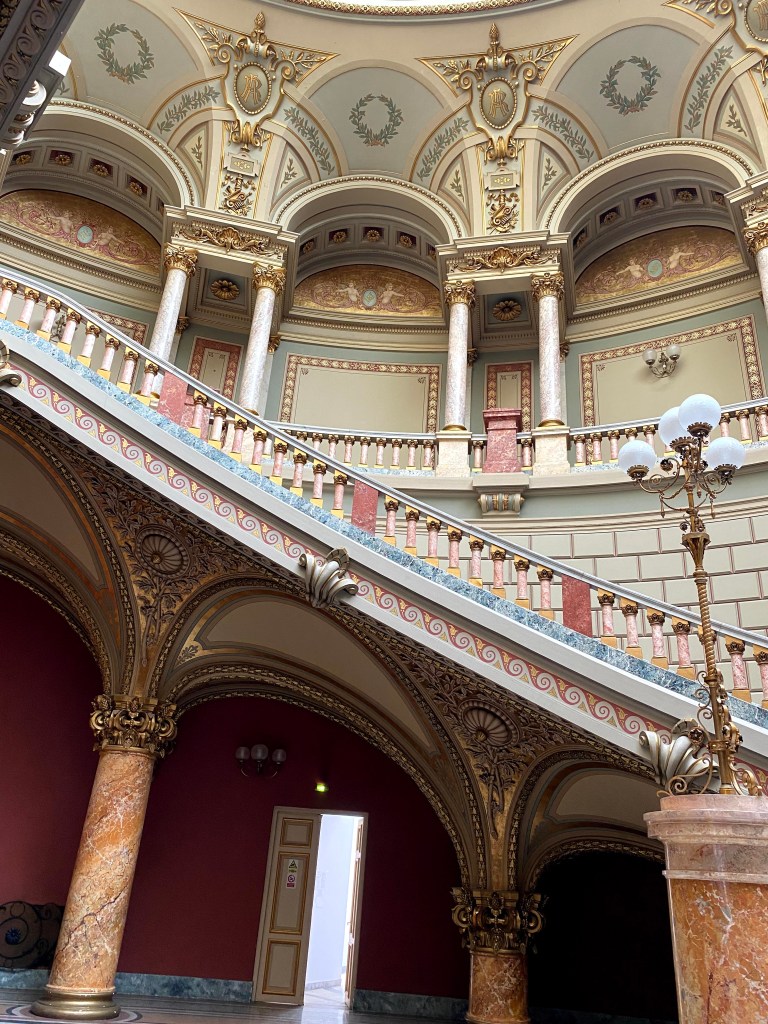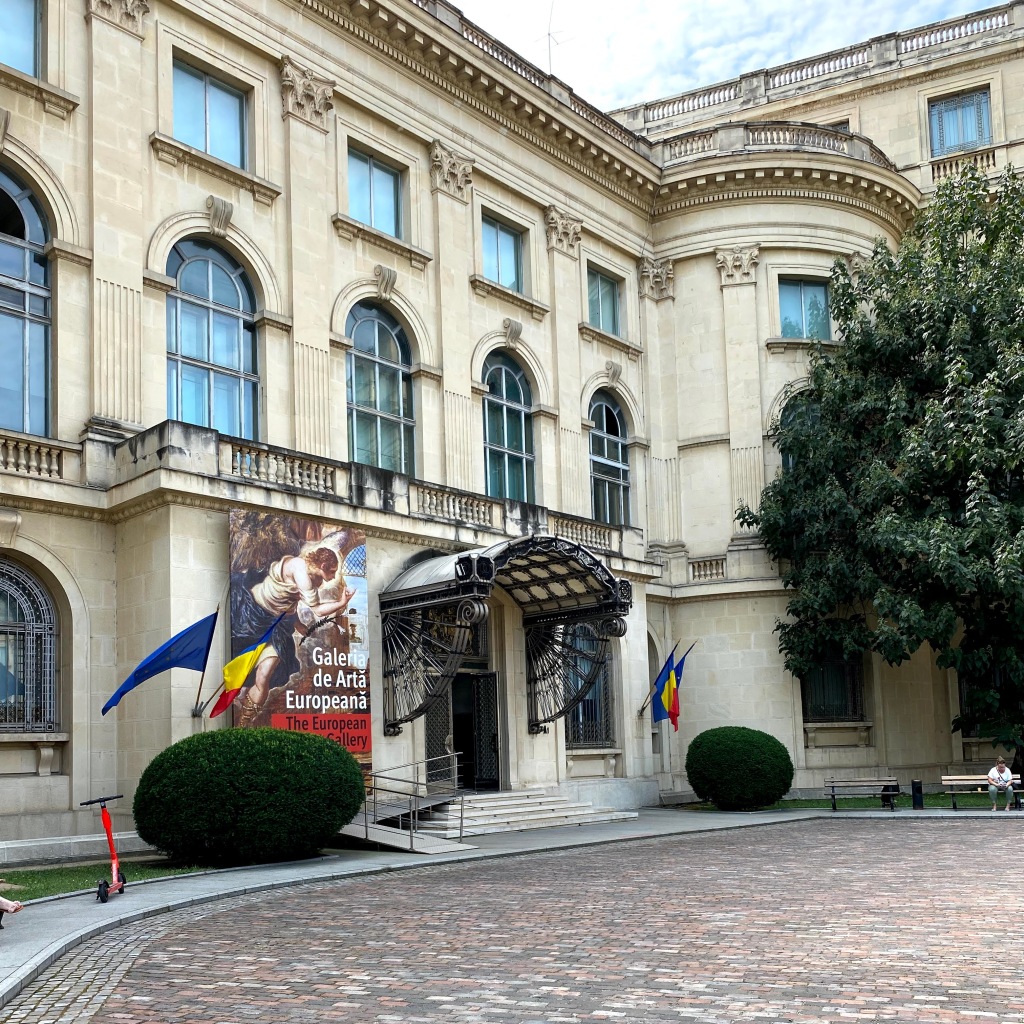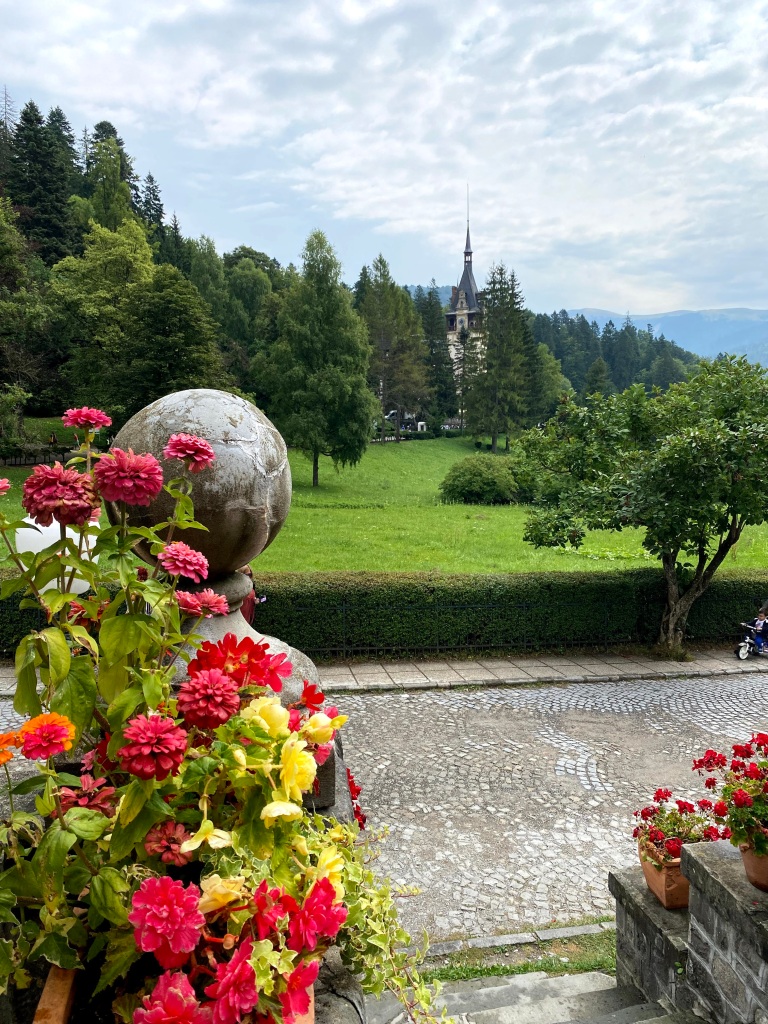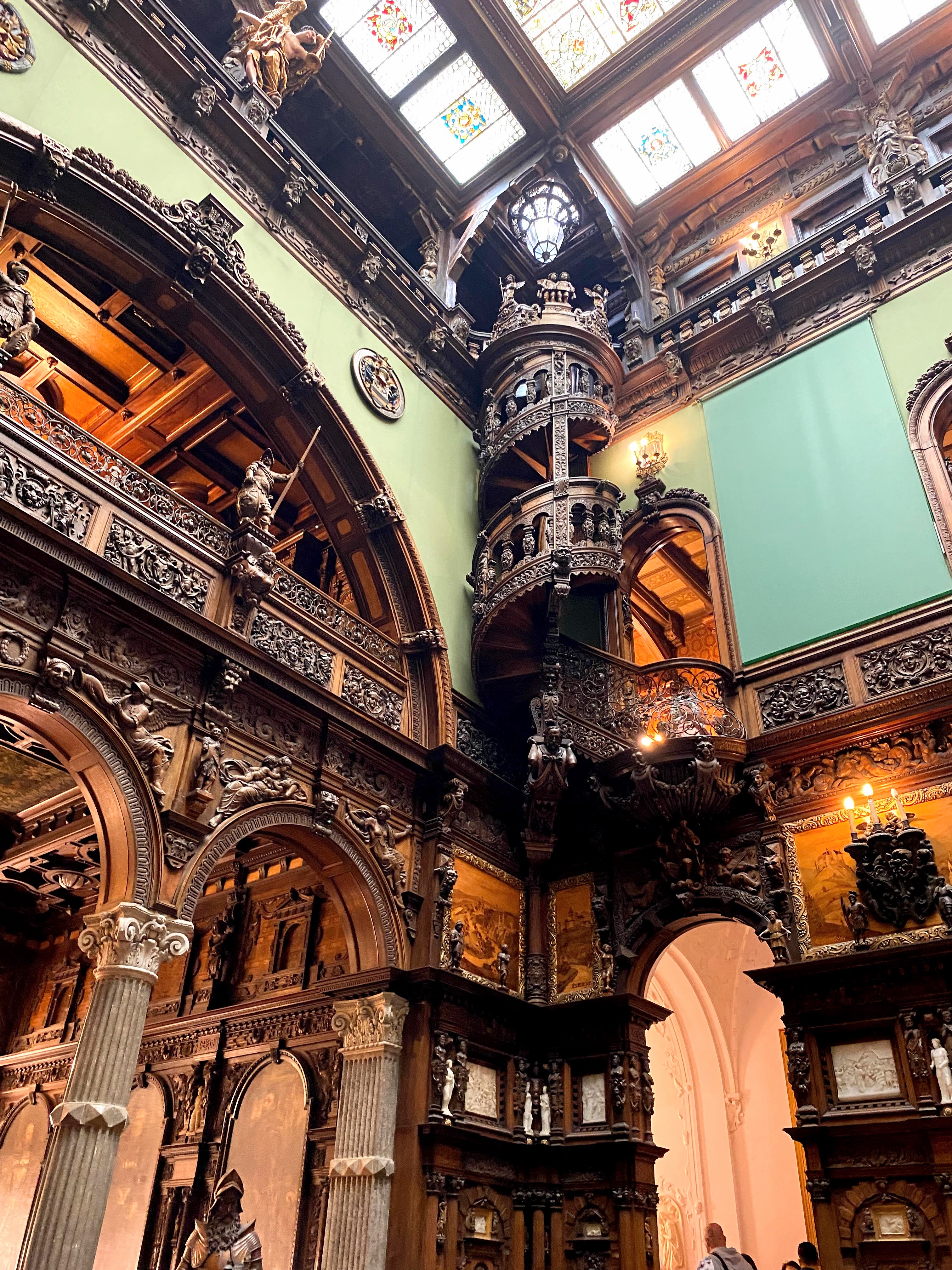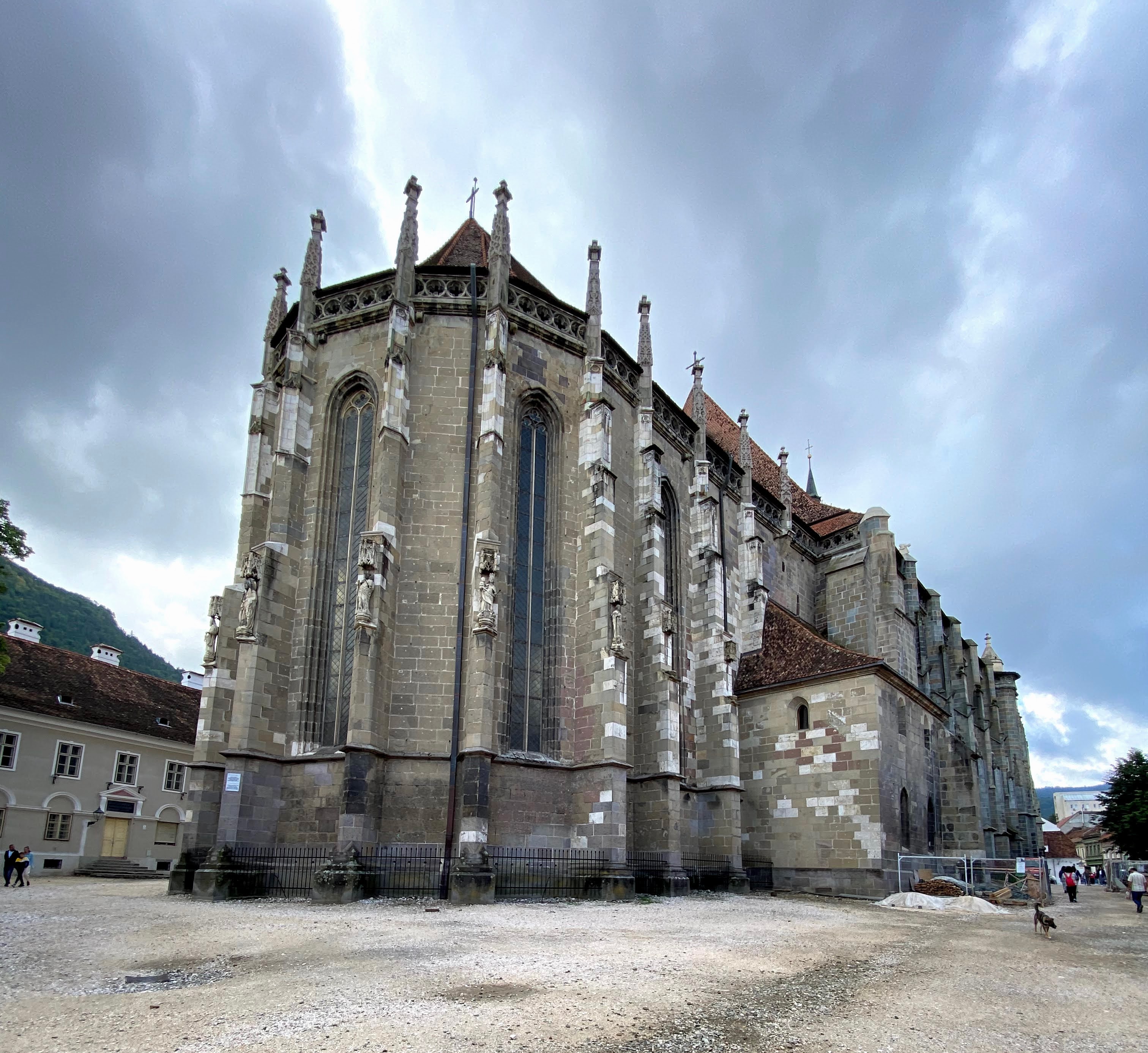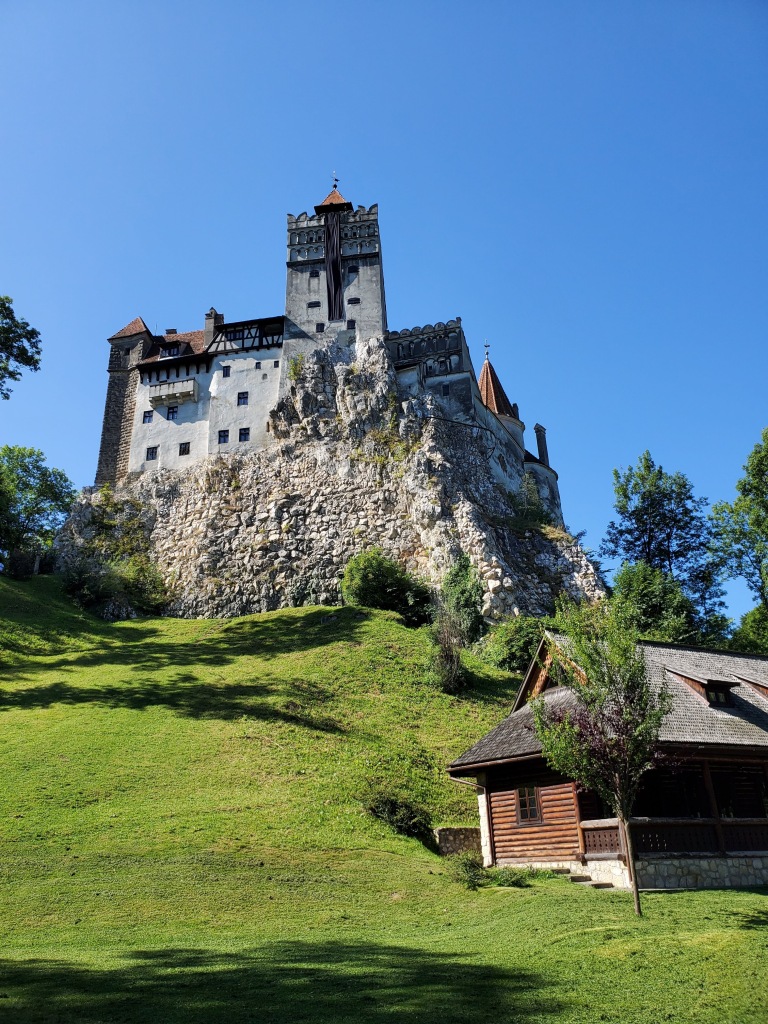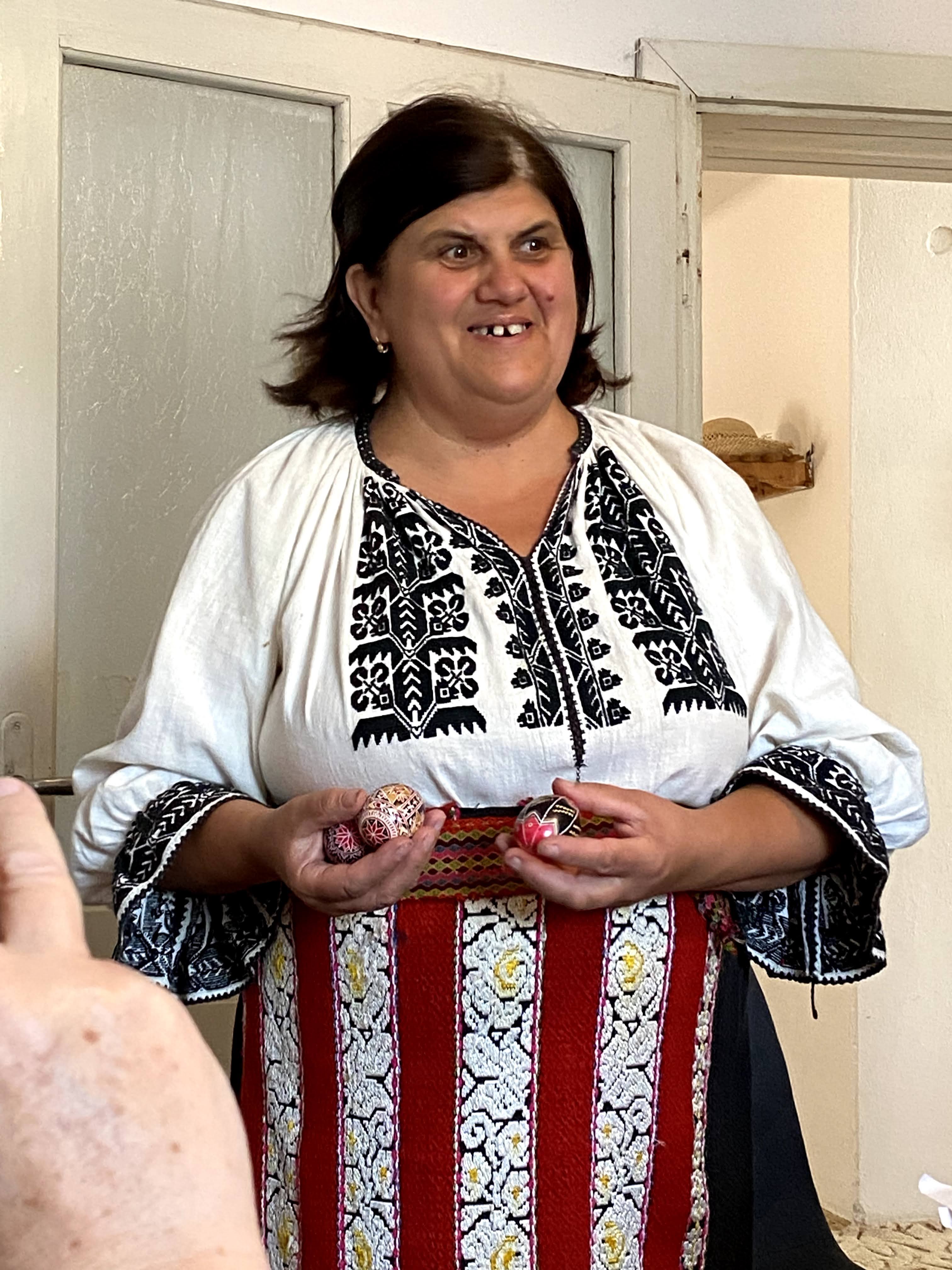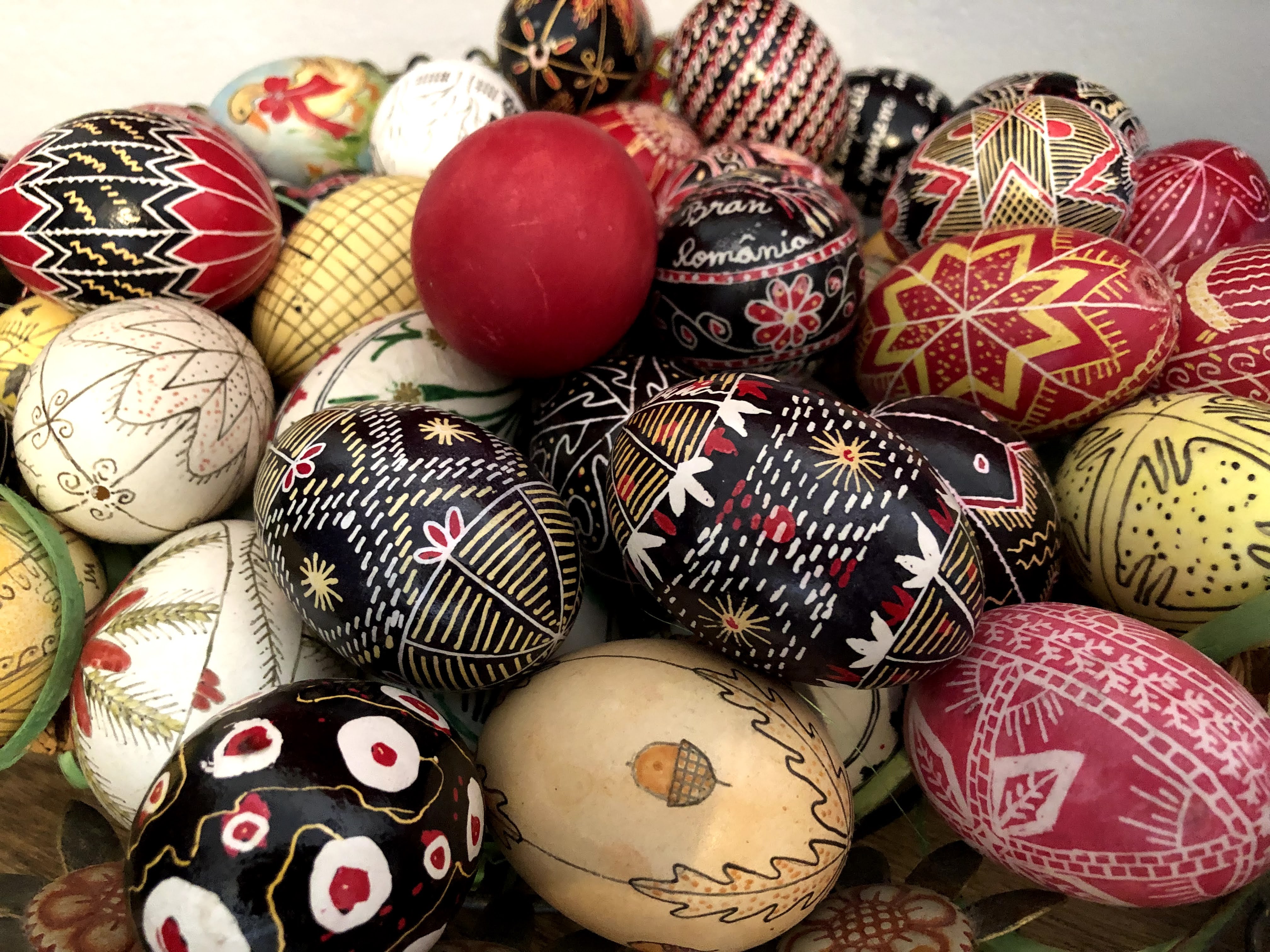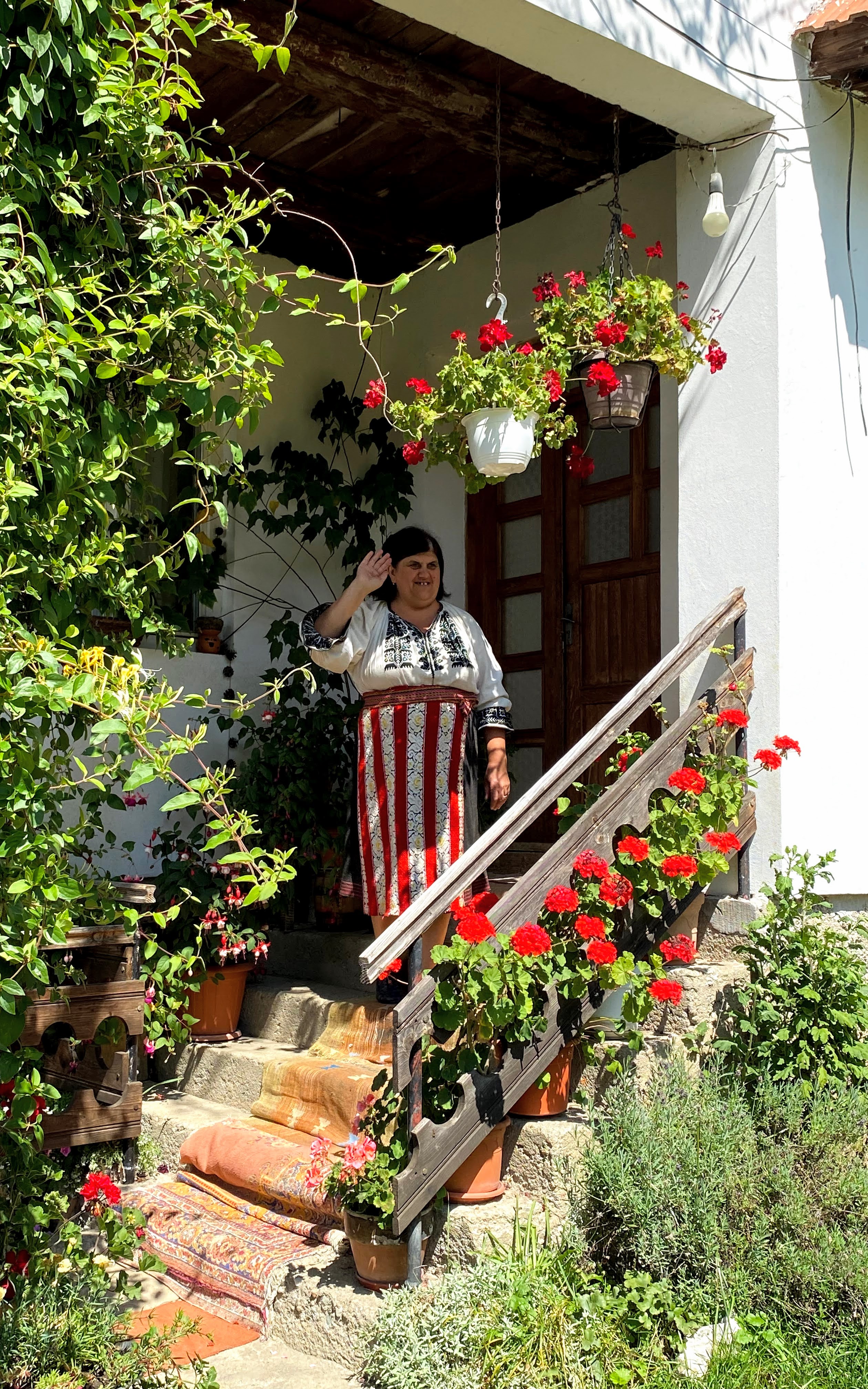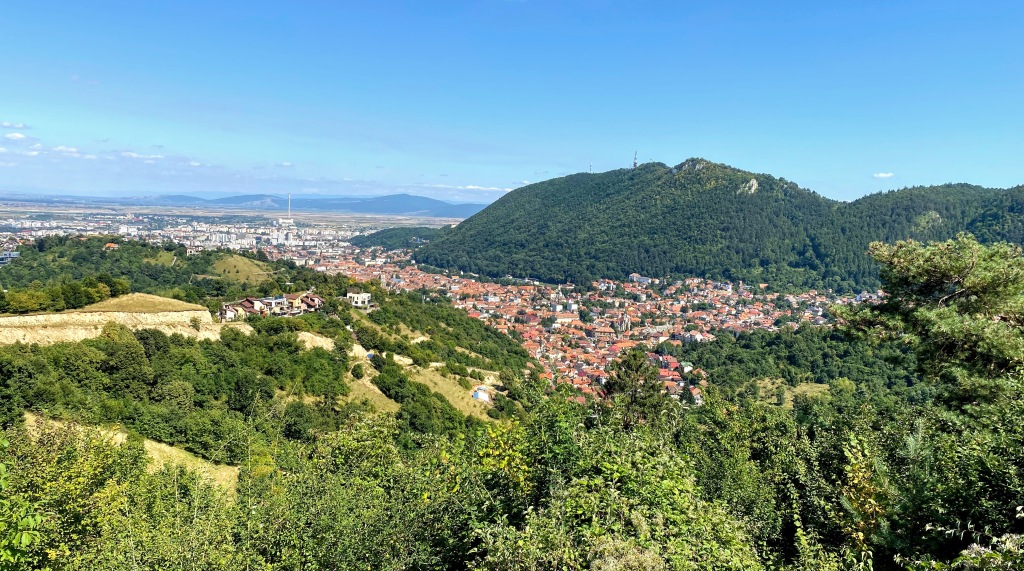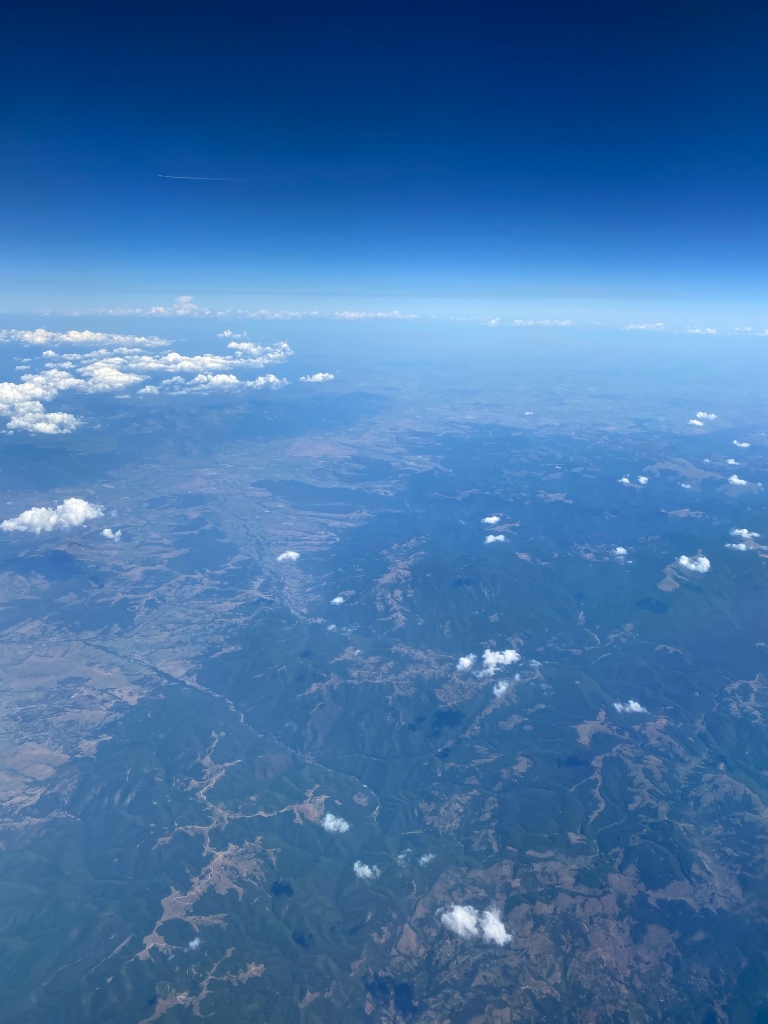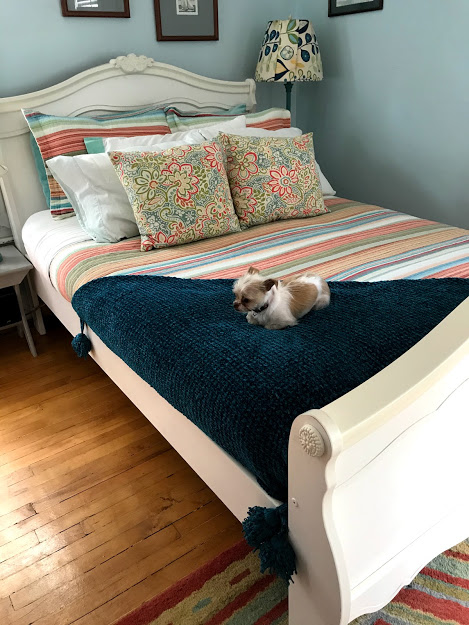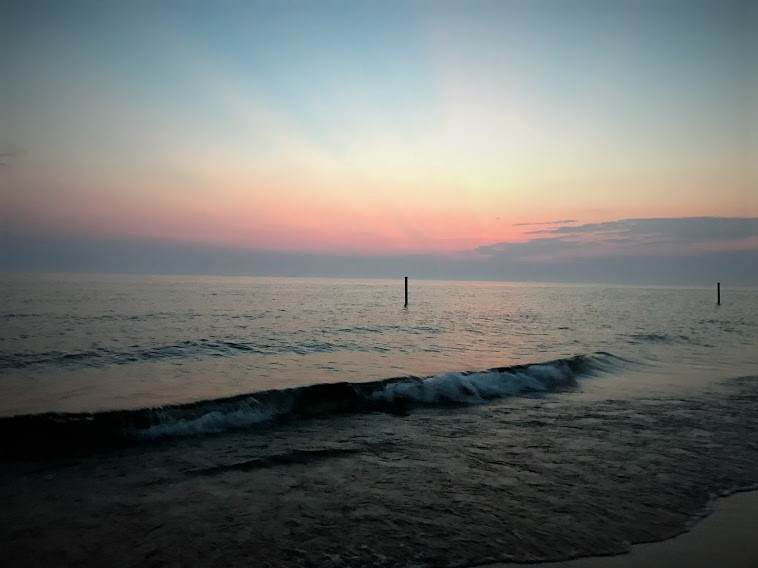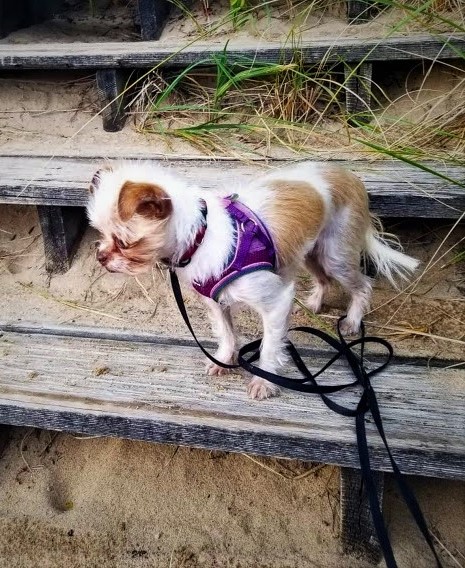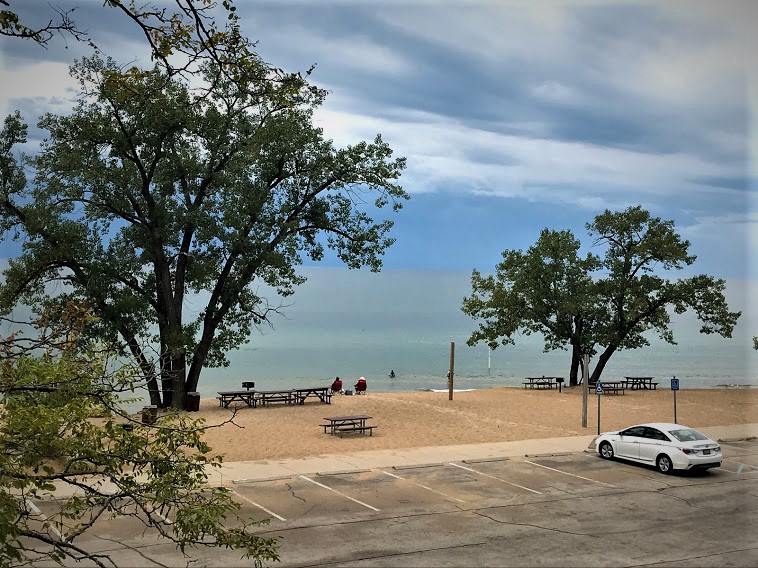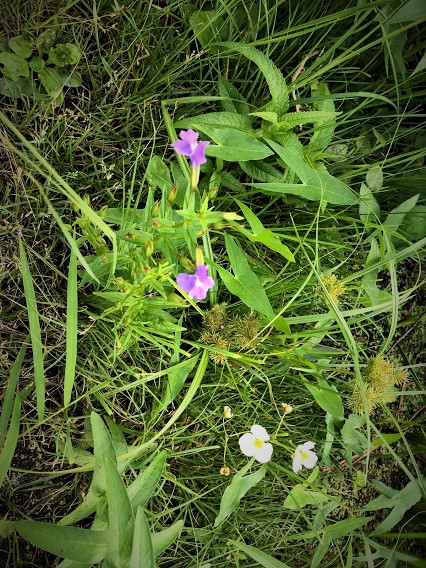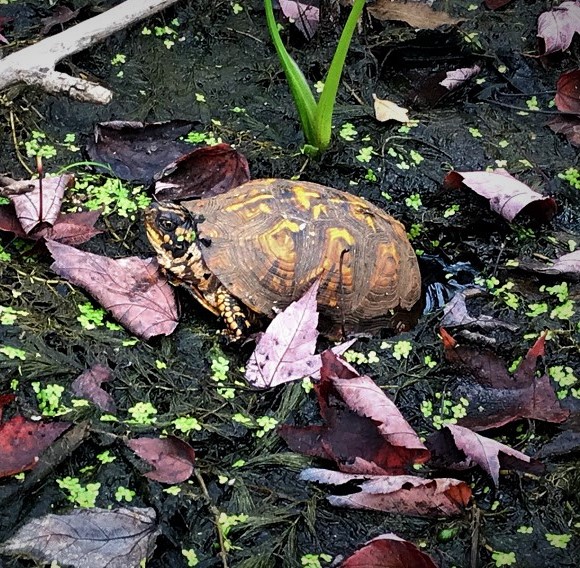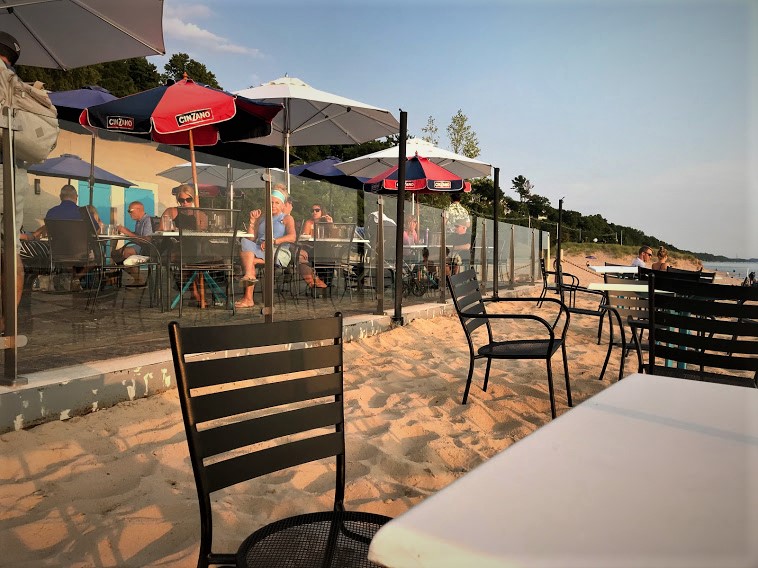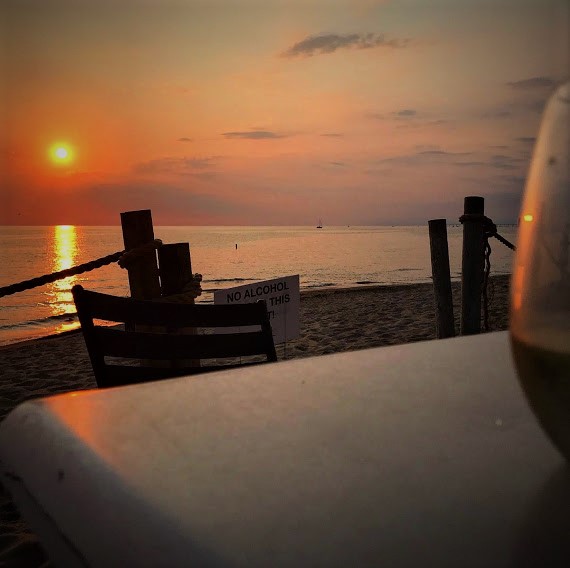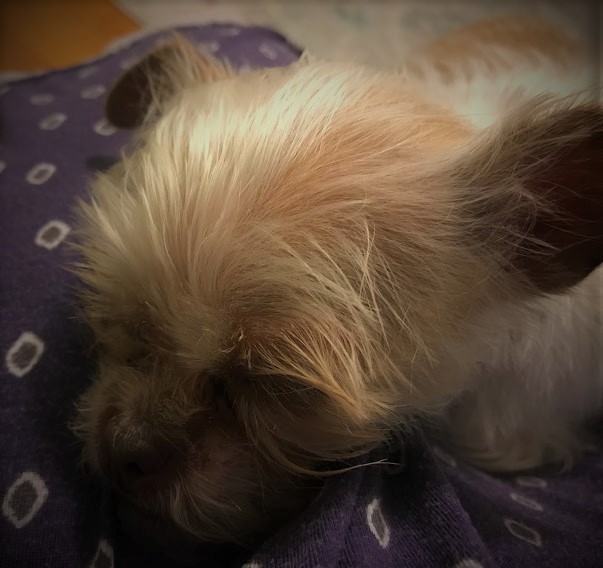Here begins – or continues, actually, my tale of Wandering Through Romania. If you are skipping ahead on purpose, having not already read my previous Romania post, have at it. But, I do recommend starting at the beginning. Everything will make more sense. If I’ve convinced you, here’s the link: Wandering Through Romania. I’ll see you back here in a bit!
So, we explored the big city (Bucharest) and the smaller, more quaint city (Brasov). Now it was time to venture deeper into the beautiful Romanian countryside. Can you feel your blood pressure drop? Can you smell the fresh air and hear the wind in the trees? Oh, I cannot tell you how many times I caught myself humming away as I strolled along wooded country roads, or as I settled in with my morning cup of coffee to enjoy the sights and sounds of nature. Mmhmm.
Corund (Korond)
Once again, we boarded our bus with our trusty driver, Victor, at the wheel. We left lovely Brasov and headed north to Corund. Although both Brasov and Corund are in Transylvania (a region in central Romania), and the drive wasn’t really that long – about 2.5 hours – it felt like we had traveled to another country! Corund is a commune in Harghita County, which is part of the Szeklerland. Many of the street signs were now in two languages: Romanian and Hungarian. This part of Romania is heavily settled by people of Hungarian descent and Hungarian is more commonly spoken than Romanian.
As usual, (we were becoming quite spoiled) Derek engaged a wonderful local guide for us here, just as he had done in Bucharest and in Brasov. Zoltan Pal, is a college professor and proud Szekler. The Szekler are descended from folks who, during the 13th century, were sent from Hungary to defend this region, which at that time was Hungary’s eastern frontier. They settled here and continue to live a rural style of life in this remote area of Transylvania.
Zoltan devotes much of his time to promoting the traditional life of Corund (Korond, in Hungarian). He is well-versed in many of the artisanal crafts of the region, even to the point of being an apprentice to a local tinder mushroom craftsman – but I am getting ahead of myself.
We arrived and settled into the charming Arcso Fogado Guesthouse, located just outside of the village of Corund. We enjoyed lunch at the onsite restaurant, which consisted of both Hungarian-style and Romanian-style foods.
Bijoux, Looms and a Potter’s Wheel
After lunch, we were introduced to Zoltan. Our first stop with him was the Aragonite Museum. He showed us around the museum and shared the story of Corundian aragonite. It is a semi-precious stone enriched with carbonated calcium. Aragonite can be found in other places in the world as well, like Spain, Brazil and the Bahamas. Here in Corund, Zoltan explained, it has an important place in history.
Knop Vencel, a Czech geology teacher, chose to open a grinding and polishing factory here in 1909. He employed local people and truly loved his adopted home. The aragonite was mined and then ground and polished, being transformed into beautiful decorative pieces. Many were commissioned by royalty or other important people of the day. Vencel would often have two identical pieces crafted so that he would have at least one perfect piece in the end. There was always the chance of a flaw or accident, so this way he was assured to provide the perfect piece for each client, without delay.

After WWII, a communist collective ran the factory, employing explosives to more quickly extract the stone. This method resulted in irreparable damage to the remaining deposits of aragonite, which now are only suitable for small “bijoux” rather than substantial decorative pieces. Brute force was a common theme during communist rule in Romania – an effort to do things cheaply that often resulted in less valuable products and destruction of the environment.
After our visit to the Aragonite museum, Zoltan introduced us to one of Corund’s very skilled potters. Jozsa Laszlo and his wife, Marta, produce beautiful pottery. Corund is well known for its quality pottery and Mr. Laszlo was very happy to invite us into his studio. He sat at his potter’s wheel, took a handful of clay and slapped it down. As the wheel spun and Mr. Laszlo began working the clay, Zoltan explained to us the process involved in making a piece of pottery.
The lump of clay was beginning to take shape under the practiced hands of Mr. Laszlo – first a bowl and then a pitcher. Each time he worked the clay into a recognizable shape he would “ruin” it, while Zoltan explained that the clay can always be reworked into something new – it is never a lost cause.
The lump of clay became smaller and smaller as Mr. Laszlo demonstrated this for us. Now he had a very small vase. And still, he worked with less and less clay until he was fashioning a pitcher fit for a Barbie doll kitchen! I have one of those miniature pitchers in my own kitchen now. It reminds me that something beautiful can be fashioned out of a series of “mistakes”.
We were then invited to give it a whirl ourselves. Several in the group eagerly sat down in front of the extra pottery wheels and were each given a lump of clay to work. Everyone agreed it was a very meditative experience, because it was so important to feel the clay and to let it “tell you what it wants to be”.
Although no one but Mr. Laszlo produced a true work of art that day, we were all feeling the urge to sign up for a pottery class! When all was said and done, Mr. Laszlo brought out a large jug of homemade palinka – a batch he had made for his daughter’s wedding, and poured it into handcrafted cups that he gifted to each of us. What a sweet gesture and delicious treat! Egészségére! (That’s “Cheers!” in Hungarian)
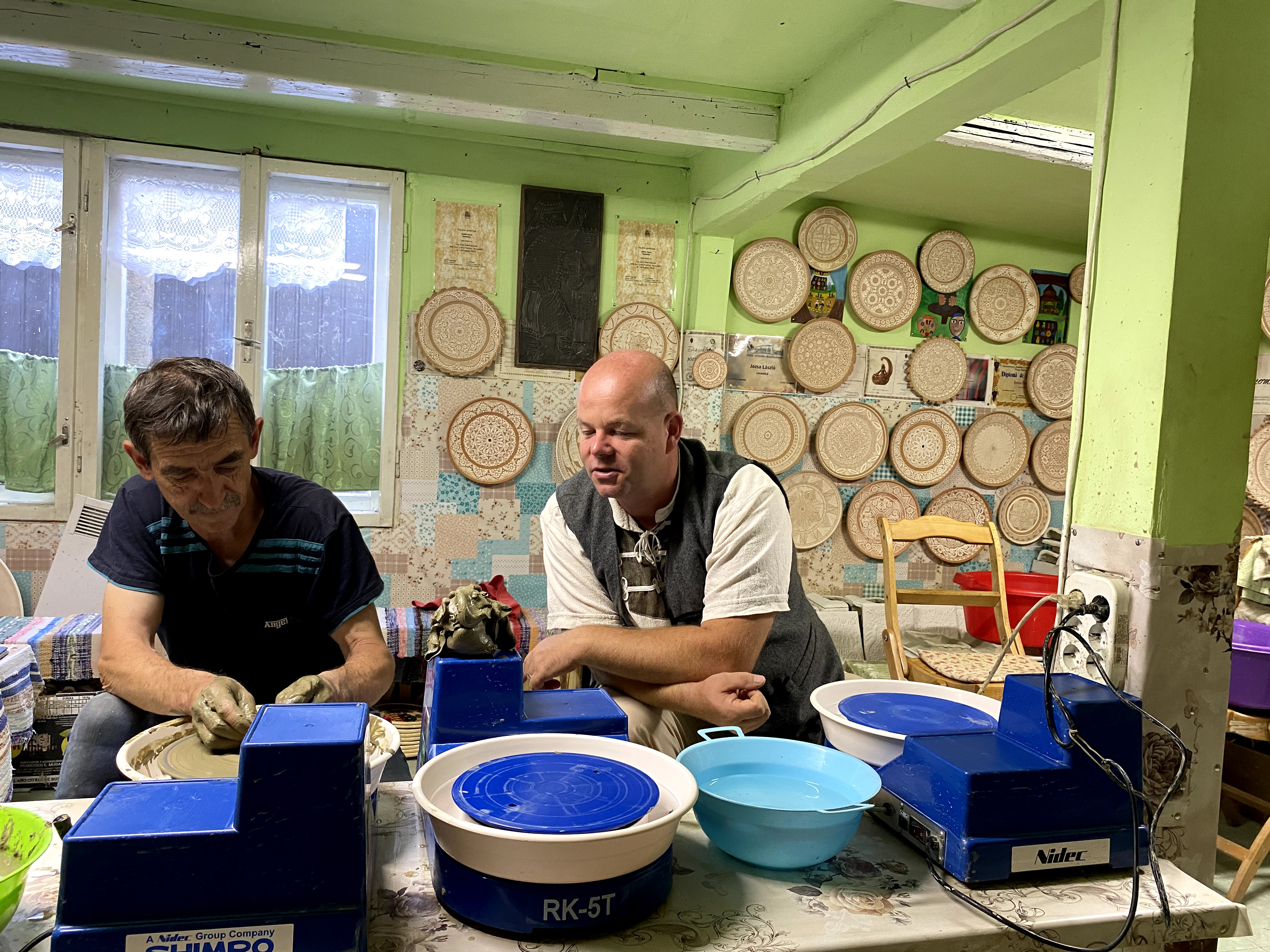
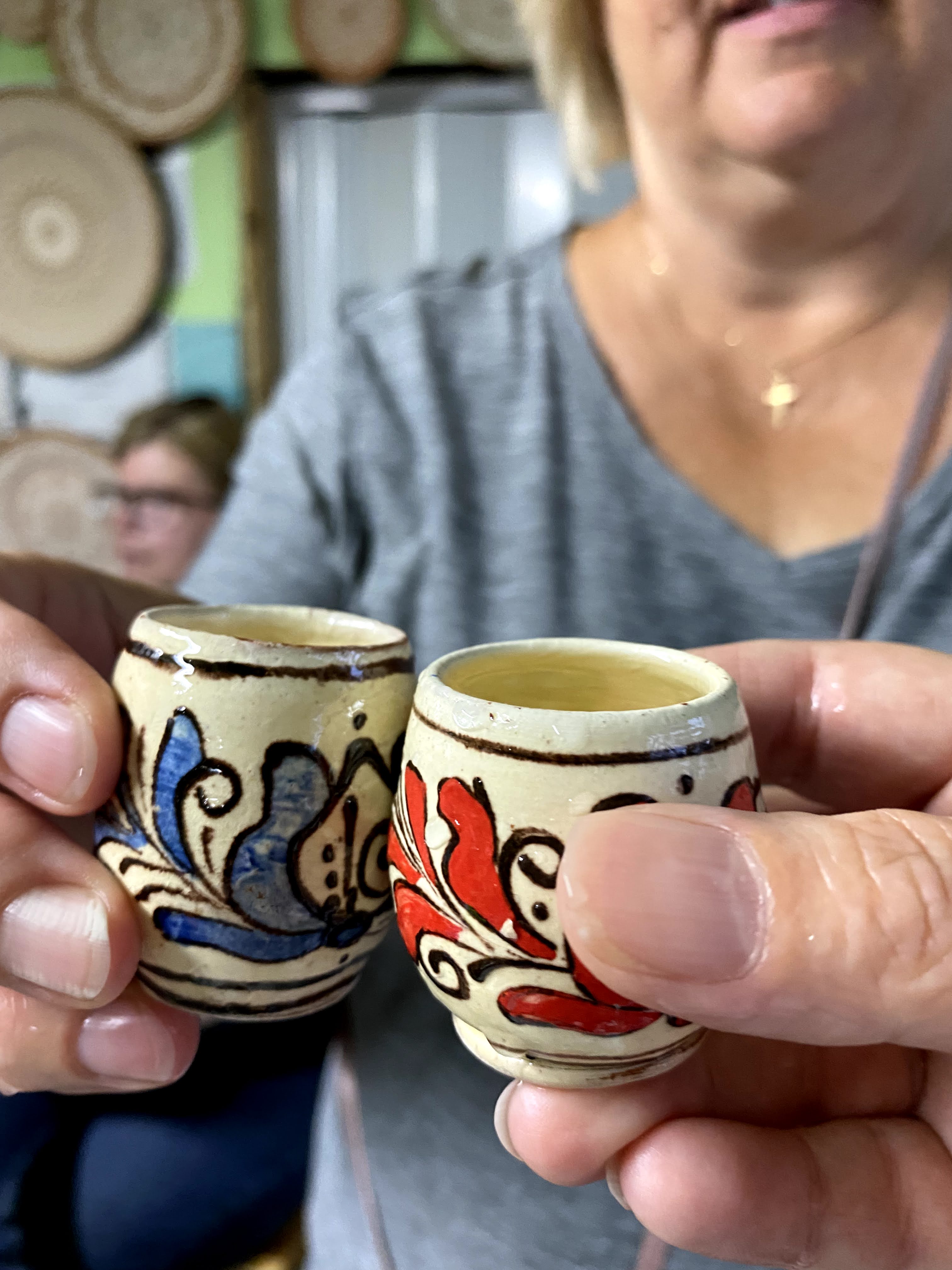
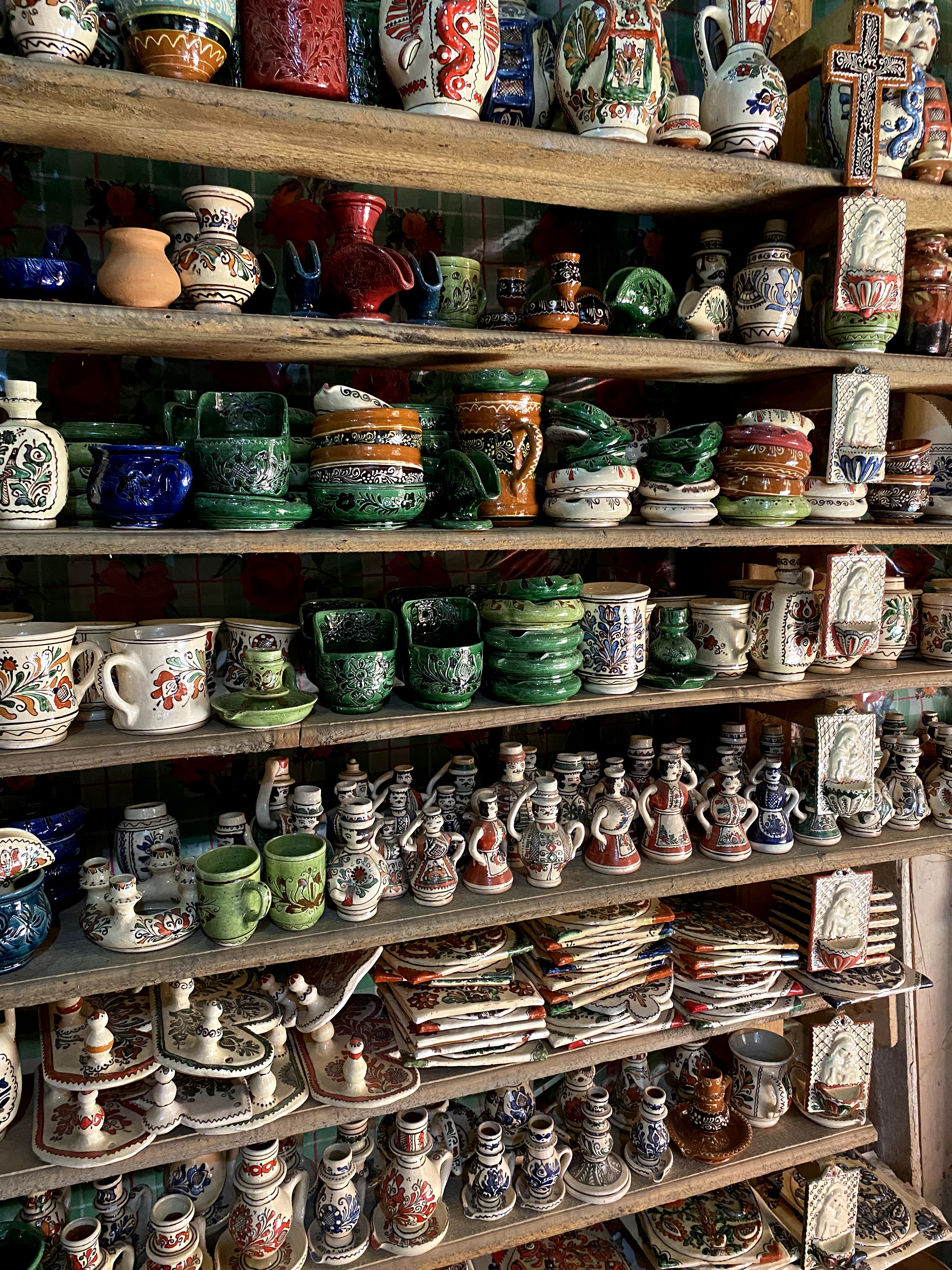
Our artsy-crafty day did not end there, because we were soon whisked off to the home of Susanna, a local weaver. She is a darling lady with some wicked quick moves! Both her feet and her hands were involved in the intricate “dance” required to produce a beautifully woven piece of fabric on her 150-year-old loom. Zoltan explained the complex – yet simple – way the fibers were measured and combined, and how the loom is “programmed” with the pattern, to create the designs. It’s something you have to see to grasp, really. It was pretty magical and mesmerizing to watch Susanna work!
I brought home a souvenir that beautifully drapes my coffee table in memories of our time in Susanna’s workshop.
Our day was topped off with a visit to Zoltan’s home. He and his wife, Beata, welcomed us with a lovely al fresco meal and yet more history lessons. The entrance to their property is a beautiful, traditional Hungarian gate. Zoltan captivated us with an explanation of the traditions and meanings behind all of the symbols on the gate – truly fascinating and so charming!
Their particular gate was originally built in the 1950s. When they bought the home they made some changes to the gate to better reflect their own family – common practice when someone moves into a home with an existing gate.
What a delightful end to our first day in Corund!
Horses, Mushrooms and Bears – oh, my!
The next morning began with a cup of coffee enjoyed outside with soft morning light and a gorgeous view. I took a leisurely walk up the road near the guesthouse. The setting here is pastoral, with fresh, clean air, field after field and mountains beyond that. It was a sunny, warm day – perfect for spending time outdoors.
We started our day in the minivan but quickly arrived at a point where travel by horse cart made a lot more sense. We piled eagerly into our cart. We enjoyed cozy seats, fresh air and sunshine, the clippity-clop of the horses hooves and the gentle sway of the cart as we headed for the Fantana Brazilor Plateau.
This plateau is home to about 800 villagers. The farms are all designed to be symbiotic. For example, the land required to feed one cow is also fertilized by that one cow. All of the farms on the plateau operate under this premise. Everything is produced as naturally as possible. These are some intrepid folks – living a simple, but hard life, in pursuit of the preservation of their lands and their traditional way of life.
Our first stop here was one of the southernmost peat bogs in Europe. Zoltan, the consummate teacher, explained how the bog came to be and why it is an important ecosystem worth preserving. He has, in fact, created an educational journey through the bog via his boardwalk laden with informational placards and teaching tools like his miniature up-close-and-personal bog “cage”.
We learned that plant growth – specifically tree growth – is stunted due to lack of nutrients in the soil. He showed us a scots pine tree that was one thousand years old but appeared to be maybe one hundred years old. Pretty interesting stuff! We saw insect-eating plants, deadly “rosemary” that we dared not touch, and loads and loads of edible bilberries, cranberries and linden berries! We all spent some time “foraging” for these tasty gems!

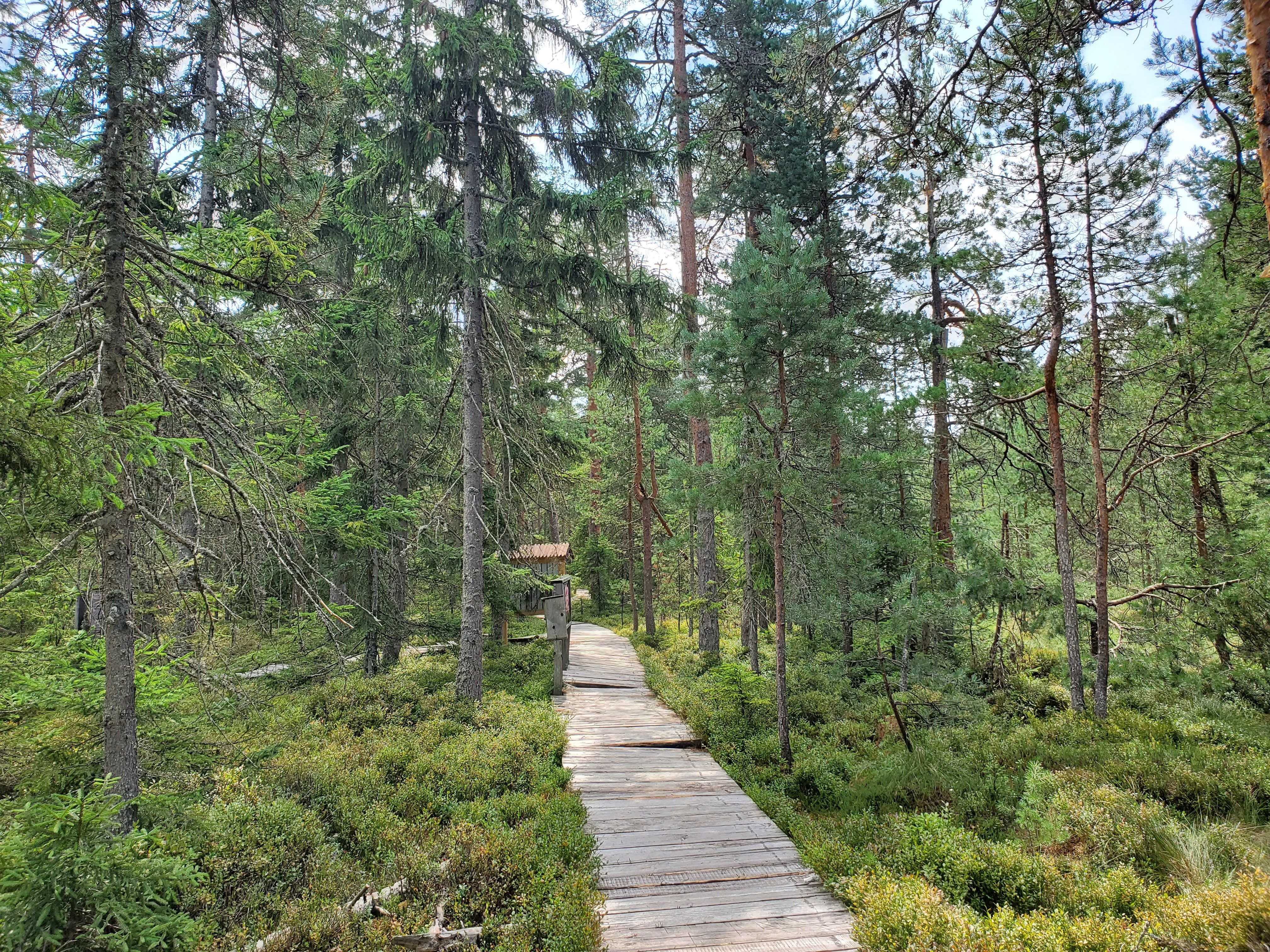
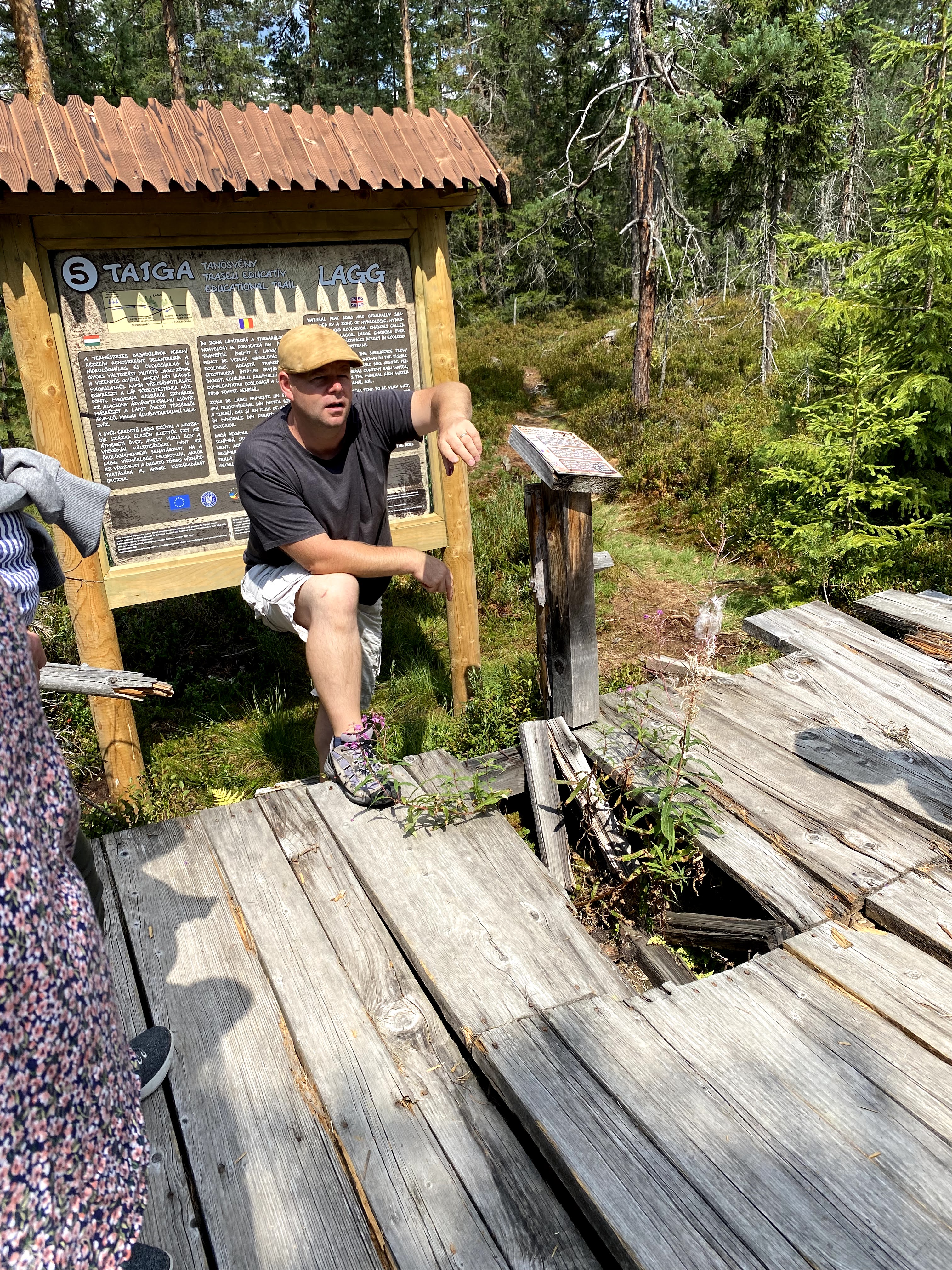
While we were visiting the bog, Zoltan told us about the local brown bears. Their population has increased in recent years, while at the same time they’ve become less self-sufficient, due in part to humans who hunt the strongest and largest of the bears as trophies. The practice of culling the strongest animals has resulted in a weaker, but still dangerous, population of bears.
Local villages are often visited by these hungry animals. Our phones pinged several times during our stay in Corund, warning of bears in nearby villages! Zoltan is hopeful that this trophy-hunting practice has abated and the bear population will be allowed to gradually become more normalized. We never did see any bears during our stay.
We left the bog and headed for Tofigem Farm. Here, they produce jams, syrups and other goodies. Zoltan explained the health benefits of some of these forest berries and plant products and then we were able to taste many of them!
Fortunately we did not fill up on these tasty treats, because our next stop was for lunch at another of the local farms. We sat down to a feast of fresh cheeses, jams, fresh-baked bread, pork belly and delicious local liqueurs laid out on a long table in the beautiful garden. It was scrumptious – the setting, the food, the company… delightful and refreshing!
The afternoon continued with a visit to a tinder mushroom, aka amadou, workshop. Fabian Zoltan is unique. His craft is practiced in no other place in the world! As I mentioned earlier, our guide, Zoltan, is actually an apprentice in this craft. It was really fascinating, the entire process: from hunting the mushrooms, which are found only on beech trees in the surrounding forests, to carving out the useful “meat” of the mushroom and then the pounding and shaping of the “meat” into what looks and feels quite like sueded leather.
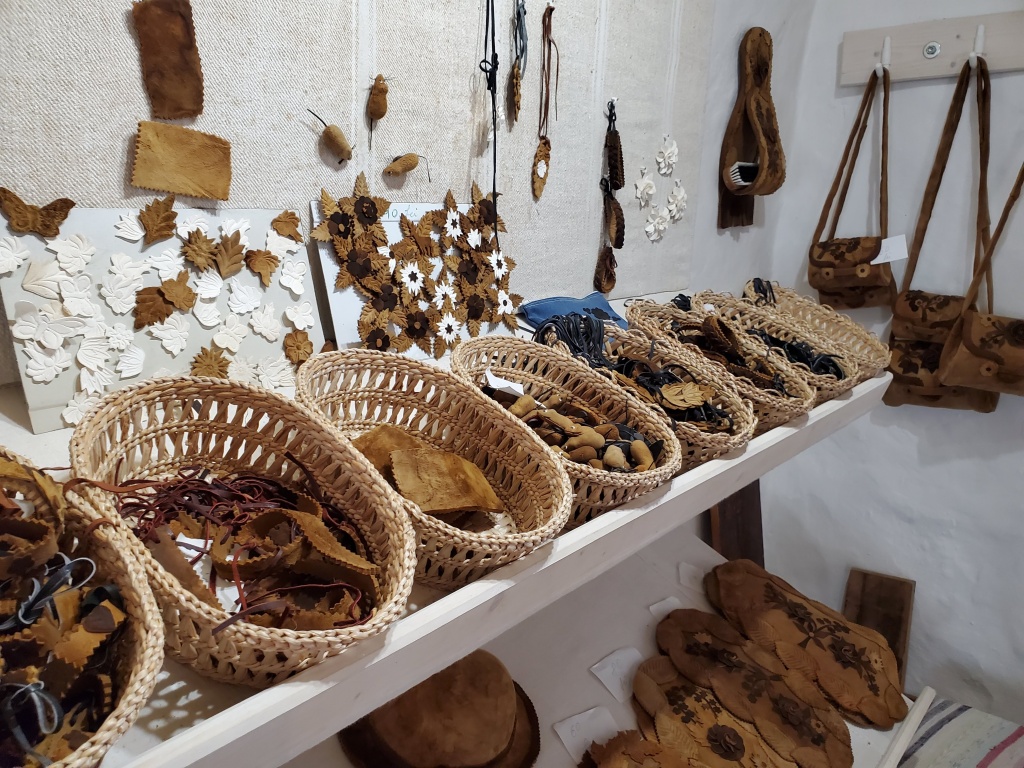
We had a couple of mushroom fanatics in our group who were particularly fascinated by this craft. I was pleased to discover at least ONE good use for the mushroom – much better to wear them than to eat them!
We had a chance to rest and regroup at the guesthouse before heading out to a very special dinner. We dined at Vizimalom Panzio Trout Farm. Trout is a popular meal in the region and we were served a delicious – and very filling – dinner of fried trout, dressy fried potatoes and lots of delicious beer. The restaurant setting was so very peaceful – with a garden and a creek, complete with a water wheel. What a great way to top off another perfect day in the beautiful Transylvanian countryside!
Putin’s Jeep and Chimney Cakes
Our last day in the region found us traveling a bit further afield. Our first stop was Raduly Janos’s home for a basket weaving demonstration. Mr. Janos is a Roma (gypsy) master weaver. He demonstrated how to clean the willow branches he uses to make his baskets. He has his very own creation – a contraption that does the work in a fraction of the time it takes to clean them by hand! He was a chatty fellow who loved to laugh. Zoltan was kept busy translating – and, I suspect, NOT translating – much of what Mr. Janos said.
We were encouraged to try our hand using his splitter tool that turned a willow branch into three strands for weaving. He did his work in the open air of his yard, with chickens flitting around. We admired his cobbled-together jeep that sat nearby – he called it “Putin’s Jeep” for reasons we can only guess at. He was quite proud of that car – held together with duct tape, plastic hoses and a generous dash of ingenuity!
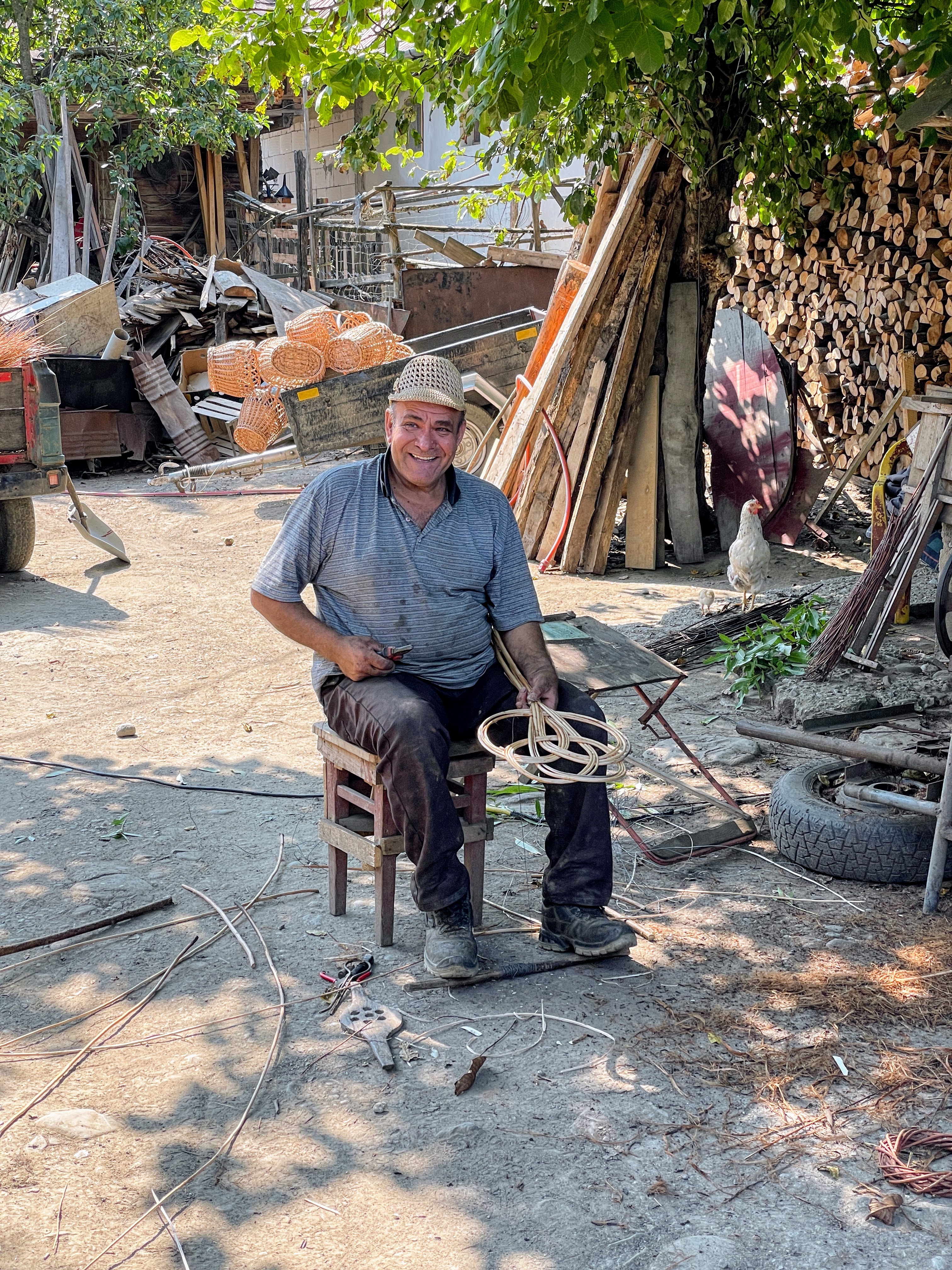
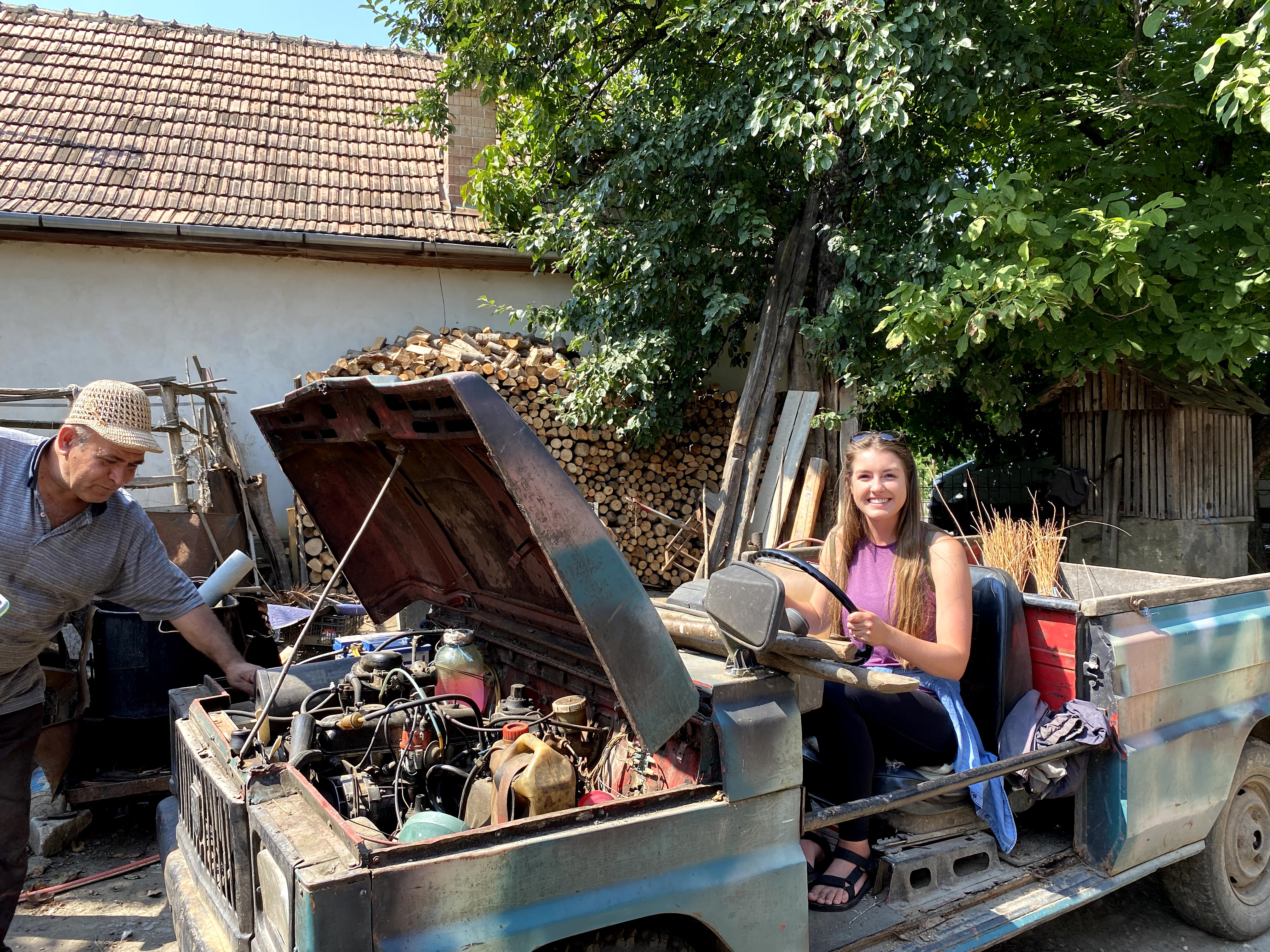
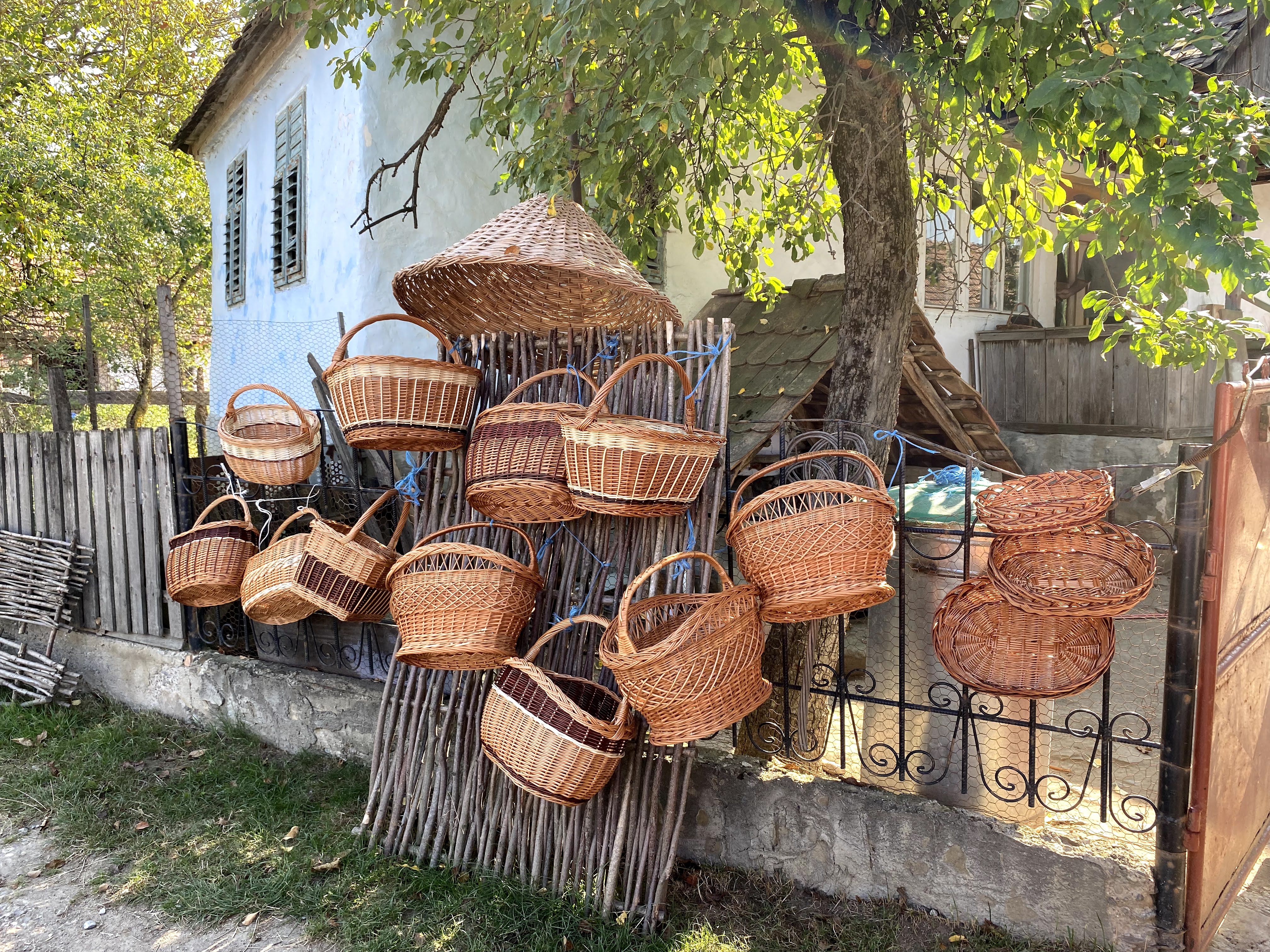
Mr. Janos fashioned a rug beater as a sample of his skill – his gnarled hands made quick work of the project as he tamed and twisted the branches into the desired shape. We may all have joked when we were young about taking “underwater basket weaving” as an easy course in school – but I have a feeling we might all have failed that class!
More souvenirs were scooped up and then we bid jolly Mr. Janos “goodbye”.
We enjoyed lunch together at a camp in Criseni – entertained briefly by Lajos, the founder of the only known straw hat museum! Lajos was an enthusiastic man – very proud of his family’s effort to preserve and educate about this local craft. After lunch, we drove to the museum and enjoyed a presentation about the making of straw hats and the significance of the brim size and shape of a hat. Zoltan showed us the machines used to form the hats once the braided strands – assembled by local women – were sewn together.
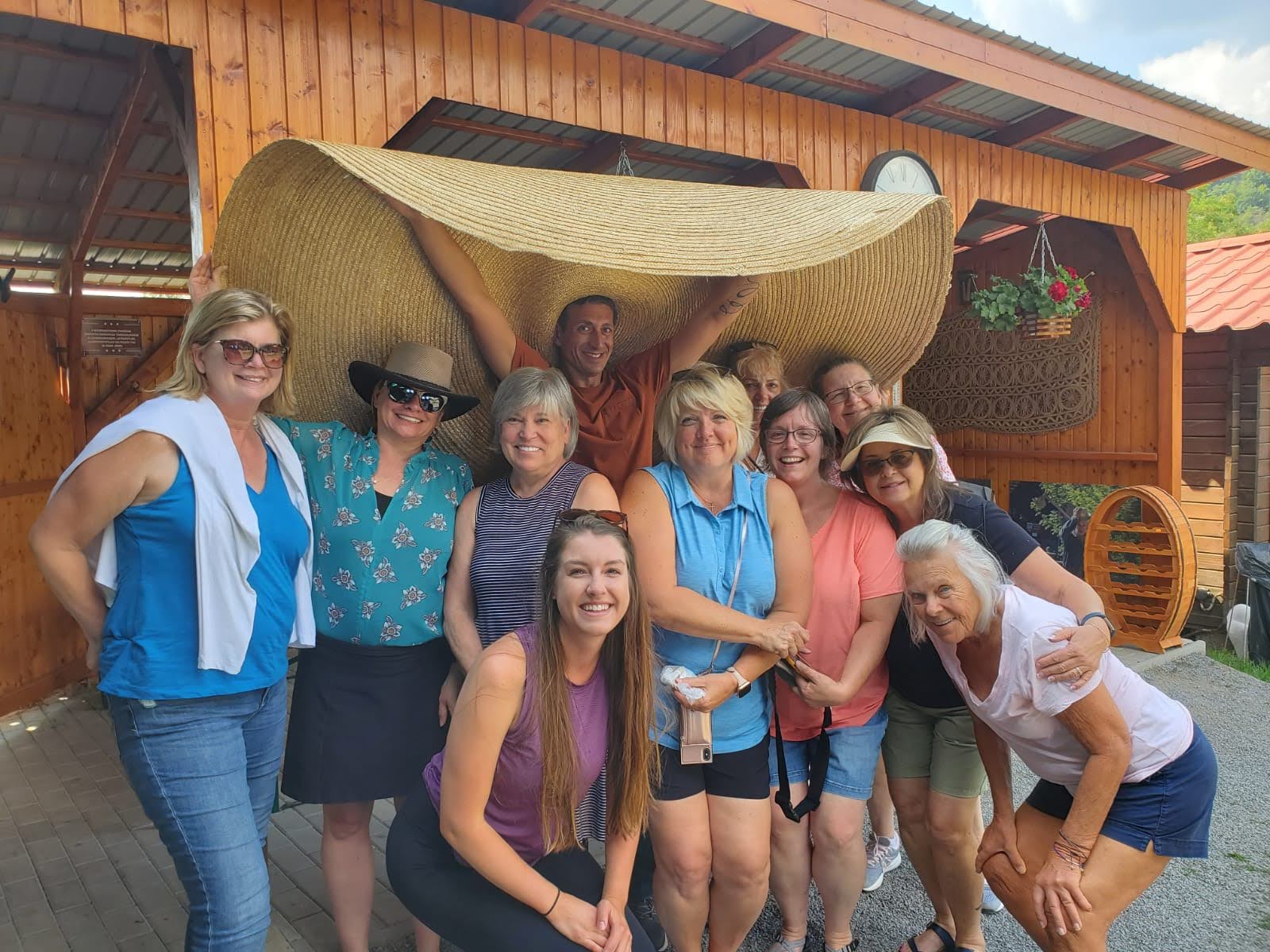


We had fun posing under what they like to claim is the largest straw hat in the world and then enjoyed a nip of some local palinka before taking our leave.
Zoltan scheduled a baking lesson by the local kurtos kalacs, or “chimney cake”, makers. These Hungarian sweet treats are topped with cinnamon sugar and nuts or coconut. We learned how to roll out the dough, wrap it onto the baking stick and then to cook it over open coals. They are best enjoyed fresh and warm – and we made short work of them!
We returned to Zoltan’s house for our Aragonite workshop. He gave us some unfinished stones and taught us the art of sanding them into shiny, beautiful bijoux – a process that involves lots of patience and many different grades of sandpaper. We all came away with an appreciation for the craft and a treasure to take home as a souvenir!
Afterward, we enjoyed some time wandering through the shops in Corund and then returned to the guesthouse before heading out for dinner.
We were driven to a hunter’s farm up in the mountains where we were served some of the best bread I’ve ever eaten along with peasant soup, venison stew and more terrific Romanian beer! We enjoyed the time to sit together and recap the day, to laugh and just soak it all in.
We bid farewell to our wonderful teacher, Zoltan, after dinner. His enthusiasm and depth of knowledge definitely left an impression on us!
Sighișoara and Back to Bucharest
We hopped aboard our minibus again the next morning. A one-hour drive found us at the entrance to Sighișoara, a UNESCO world heritage site – the best-preserved, and continually inhabited, medieval citadel. Our local guide, Emanuel, began our tour of this charming walled city by walking us through what it would be like to be an attacking army. He showed us how the outward-facing clock tower was menacing and generally unwelcoming, but the inner-facing side was friendly. This was because, once the city walls had been breached, the citizens had best make nice with the conquering forces, right?
Emanuel talked about the guilds who guarded and maintained each tower (we heard about this practice when we were in Brasov) and pointed out some of the more significant architectural features of the city. Not surprising, Vlad the Impaler was a feature of this tour as well. You can say that the Romanians have taken full advantage of the commercialization of Dracula! At least the references are couched in historical relevance.
We enjoyed a couple hours of free time to wander the quaint cobbled streets of the city. Some of us climbed the five stories of the clock tower to enjoy sweeping views of the citadel and the more modern parts of the city.
We stayed in a spa hotel in Azuga, just one hour’s drive from Sighișoara. On the drive there we were treated to fruit-filled covrig (similar to a soft pretzel, but sweet), courtesy of our tour leader, Derek. The opportunity to simply relax, enjoy the pool, hot tub and other spa services were just what we needed to top off a very full, very satisfying tour. Yet another example of the thoughtful care we received throughout our tour.
We enjoyed dinner at the hotel – some amazing food and, really, the best pickles ever! I honestly had some of the best pickles I’ve ever tasted while here in Romania – but these were the very best! The service here was top notch. Our waitress took our orders by memory and delivered them seamlessly, without a single misstep! The staff could see we weren’t eager to end the evening so left us with some bottles of wine and quietly began to close up shop.
We arrived in Bucharest the next day, with time to enjoy the city (it was fun to wander streets that now seemed a little bit familiar!) while we awaited our Covid tests. With that task behind us, we headed to our final dinner together at the 200-year old Hanu Lui Manoc – formerly a way station/inn that has since been transformed into a delightful open air restaurant – celebrating an amazing tour and new friendships, and to simply bask in our last hours in this surprising gem called Romania!

Cheers and “Multumesc mult” to Derek and Stephanie of Wandering Earl Tours and Janet Jaffe of The Womens Travel Tribe for taking such great care to create this wonderful tour! Here’s to the next one!
